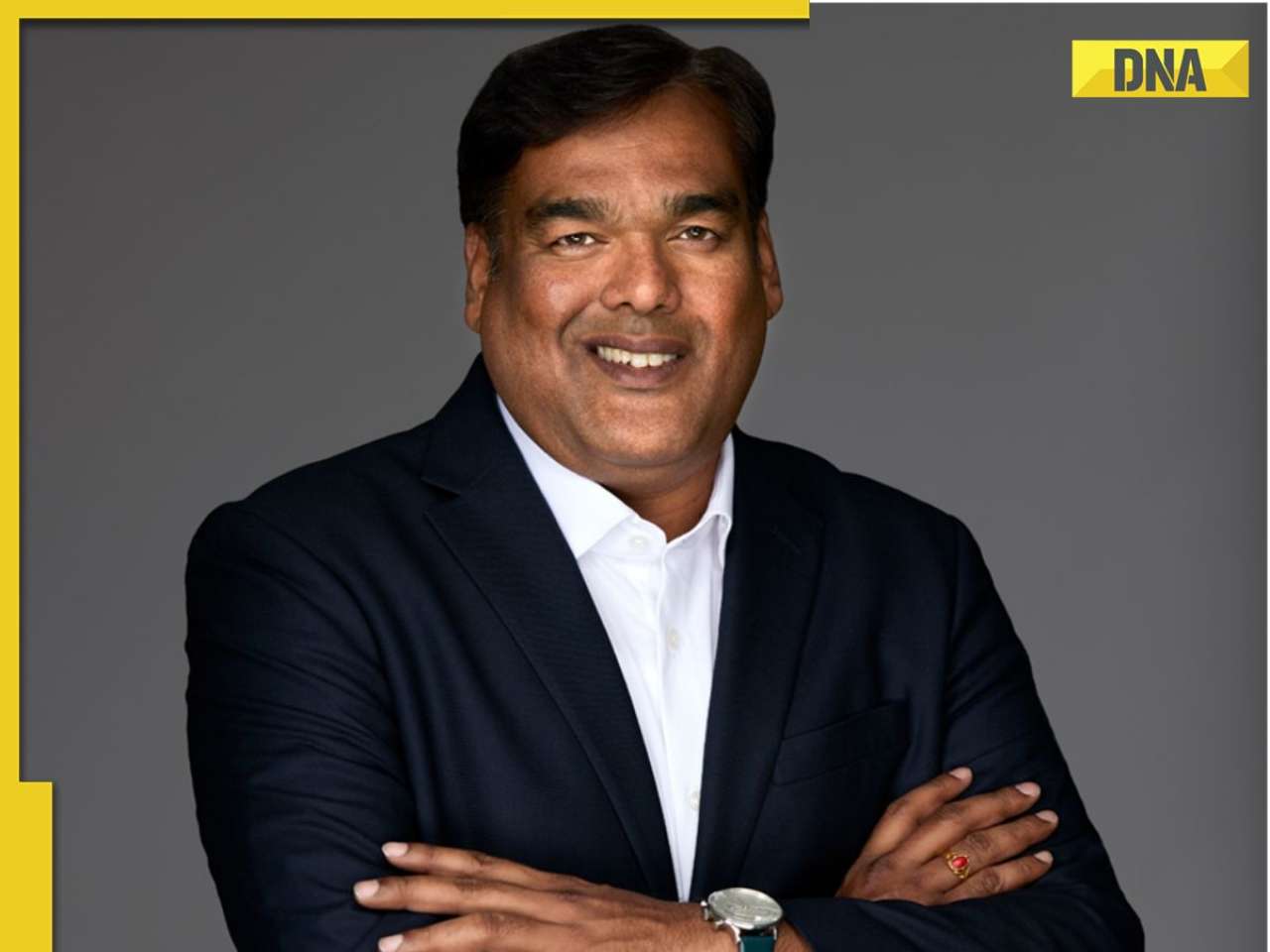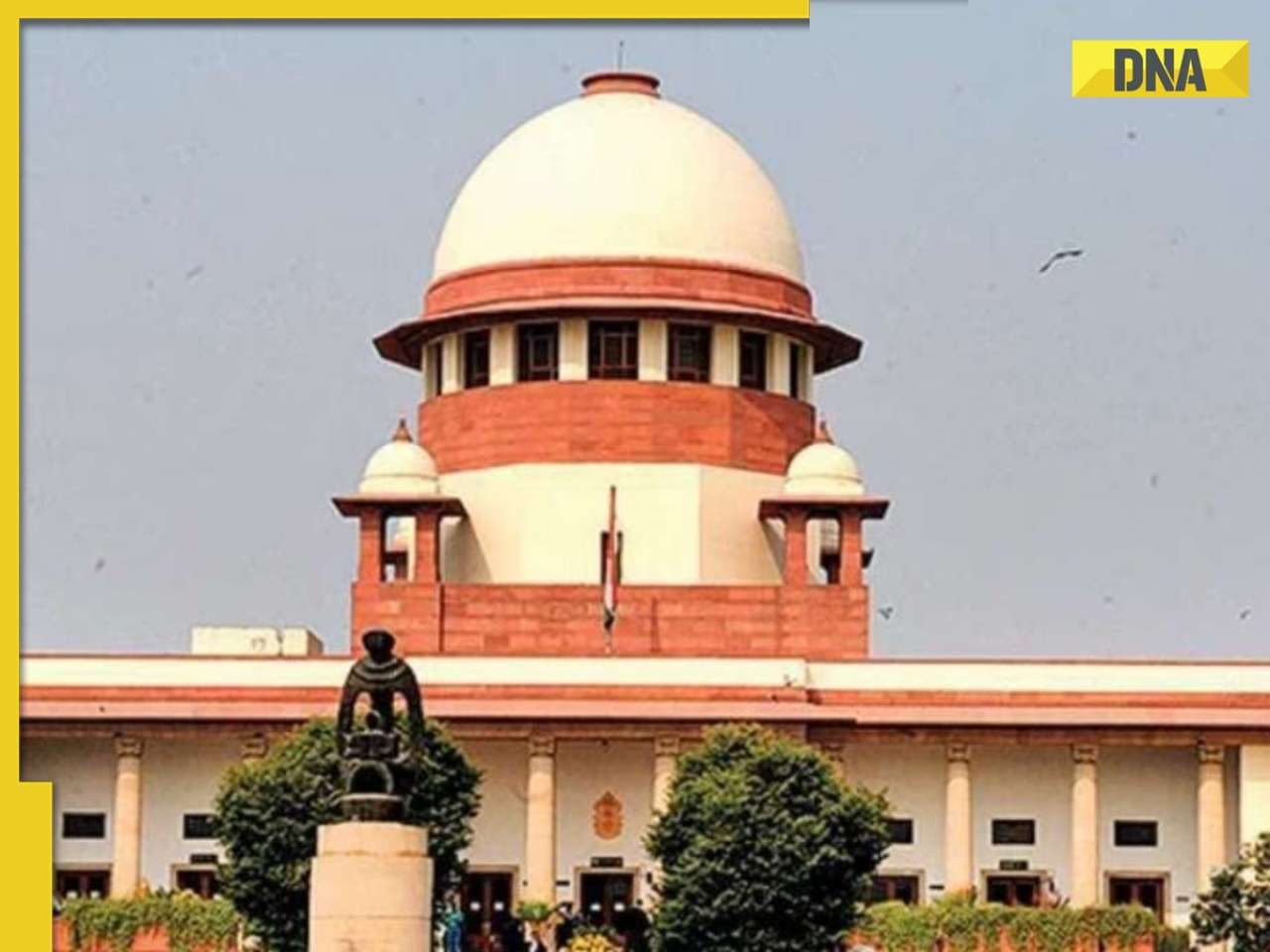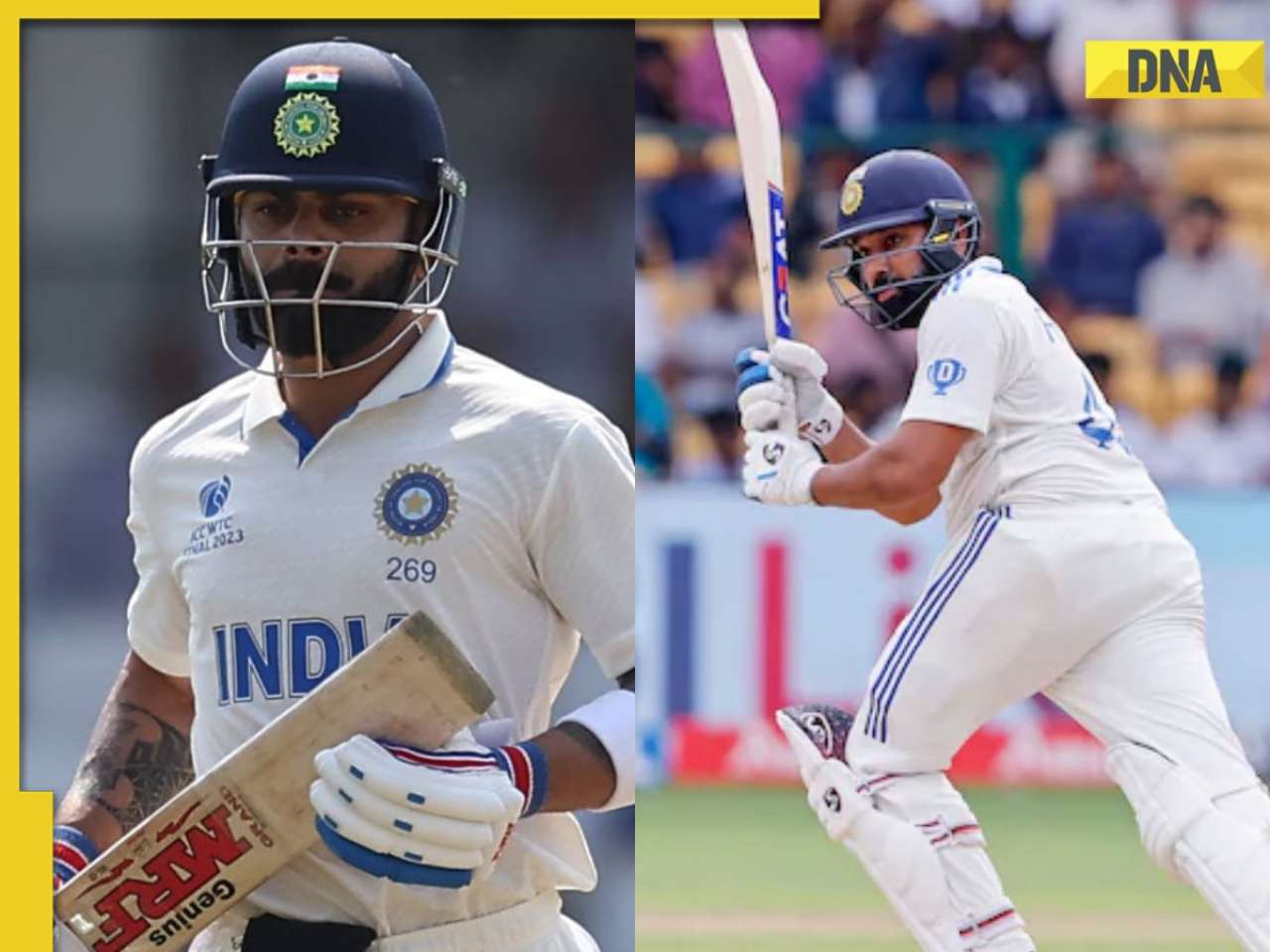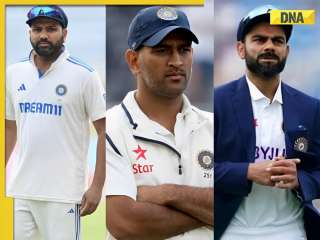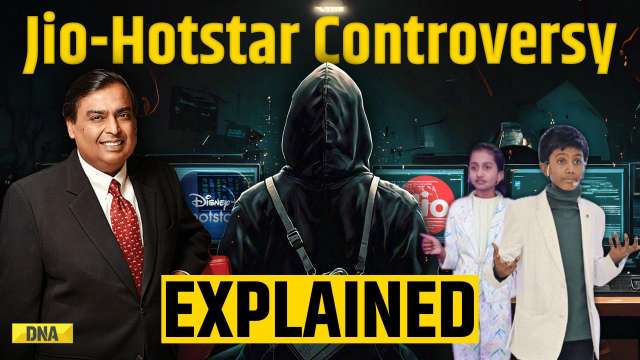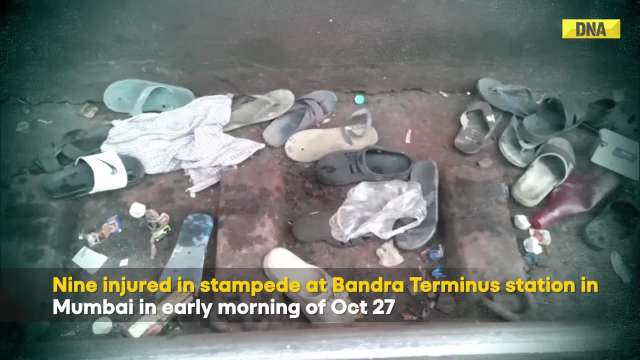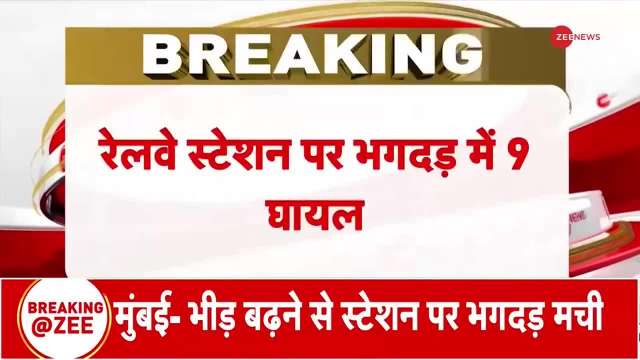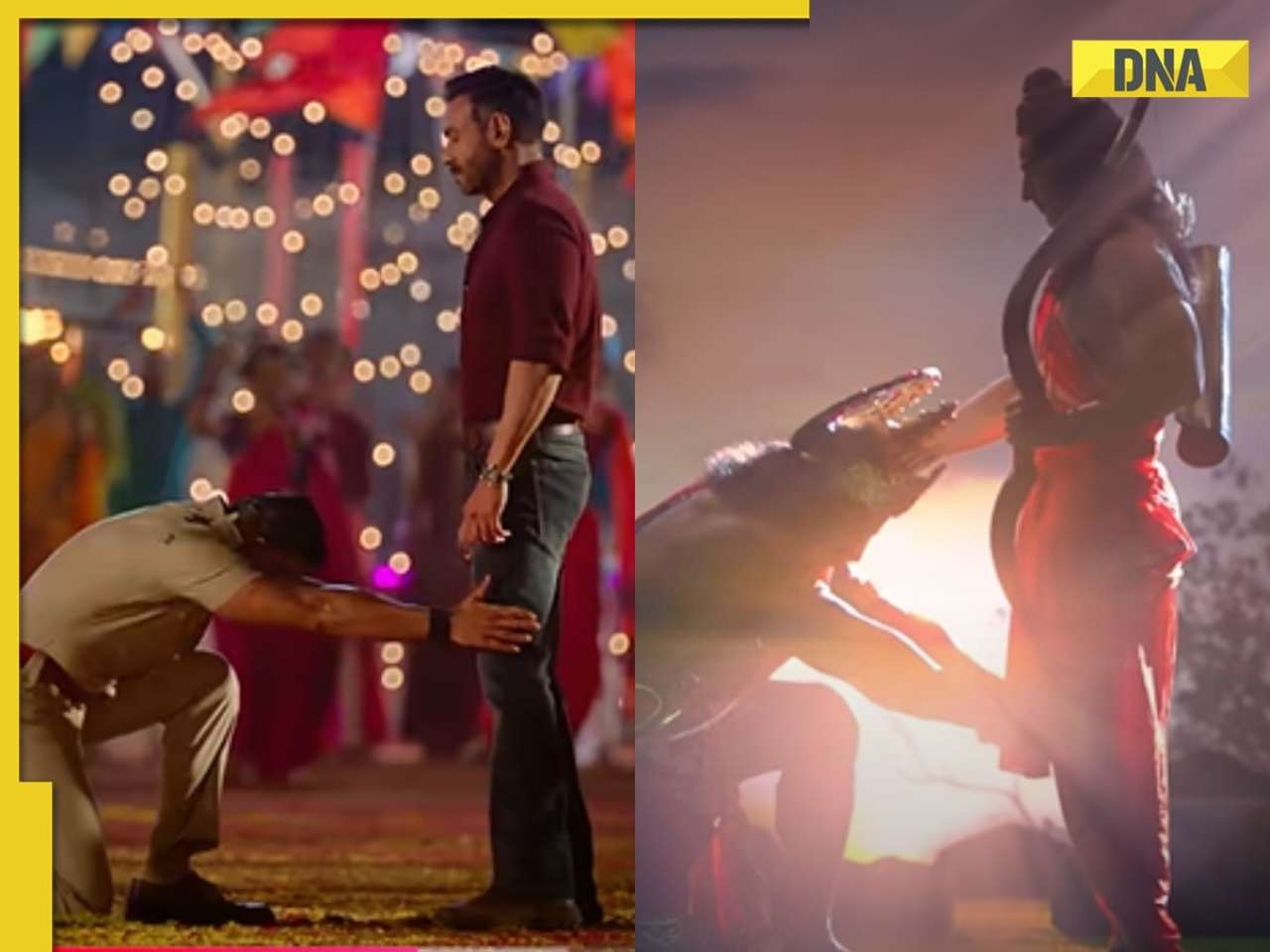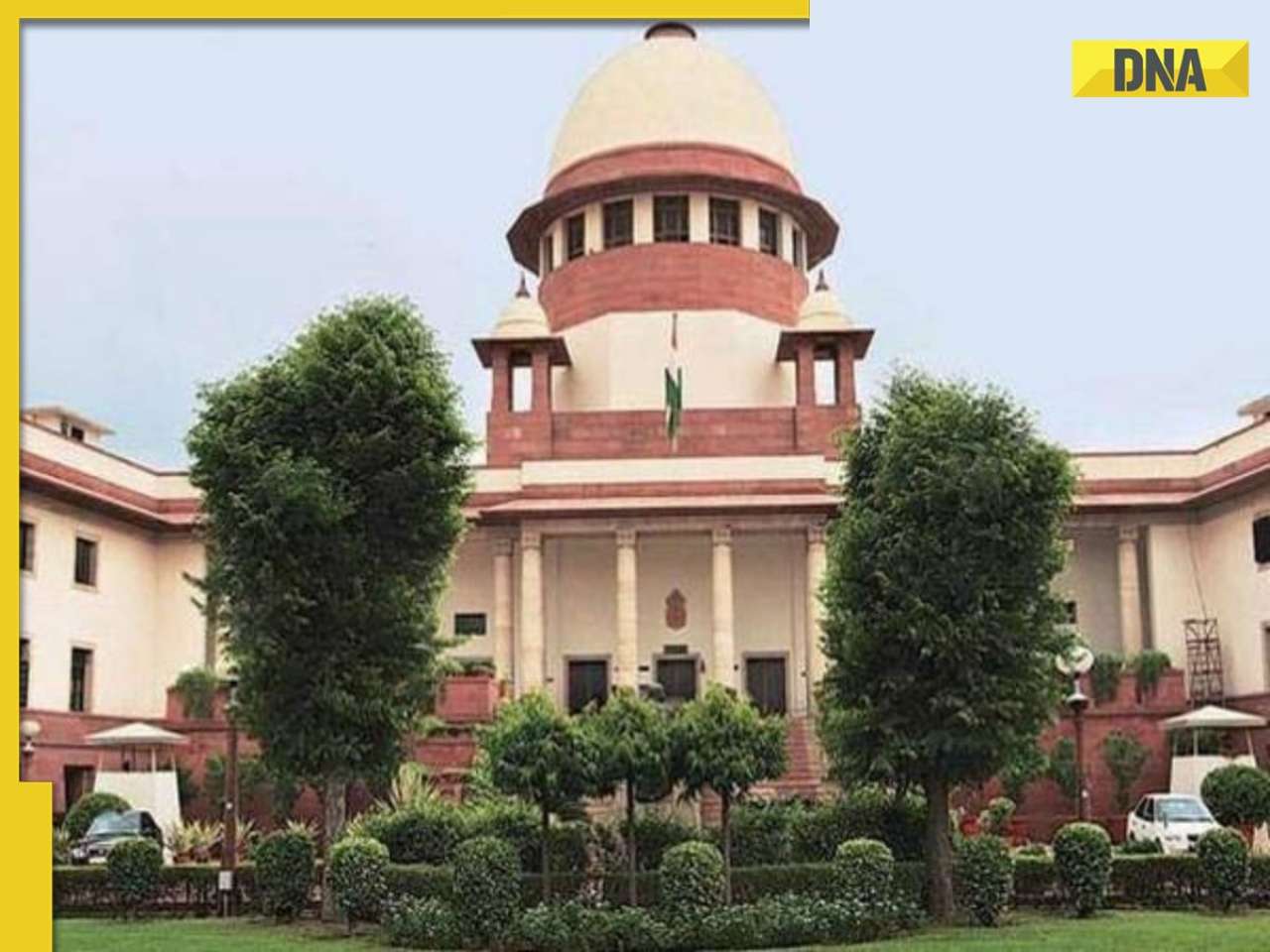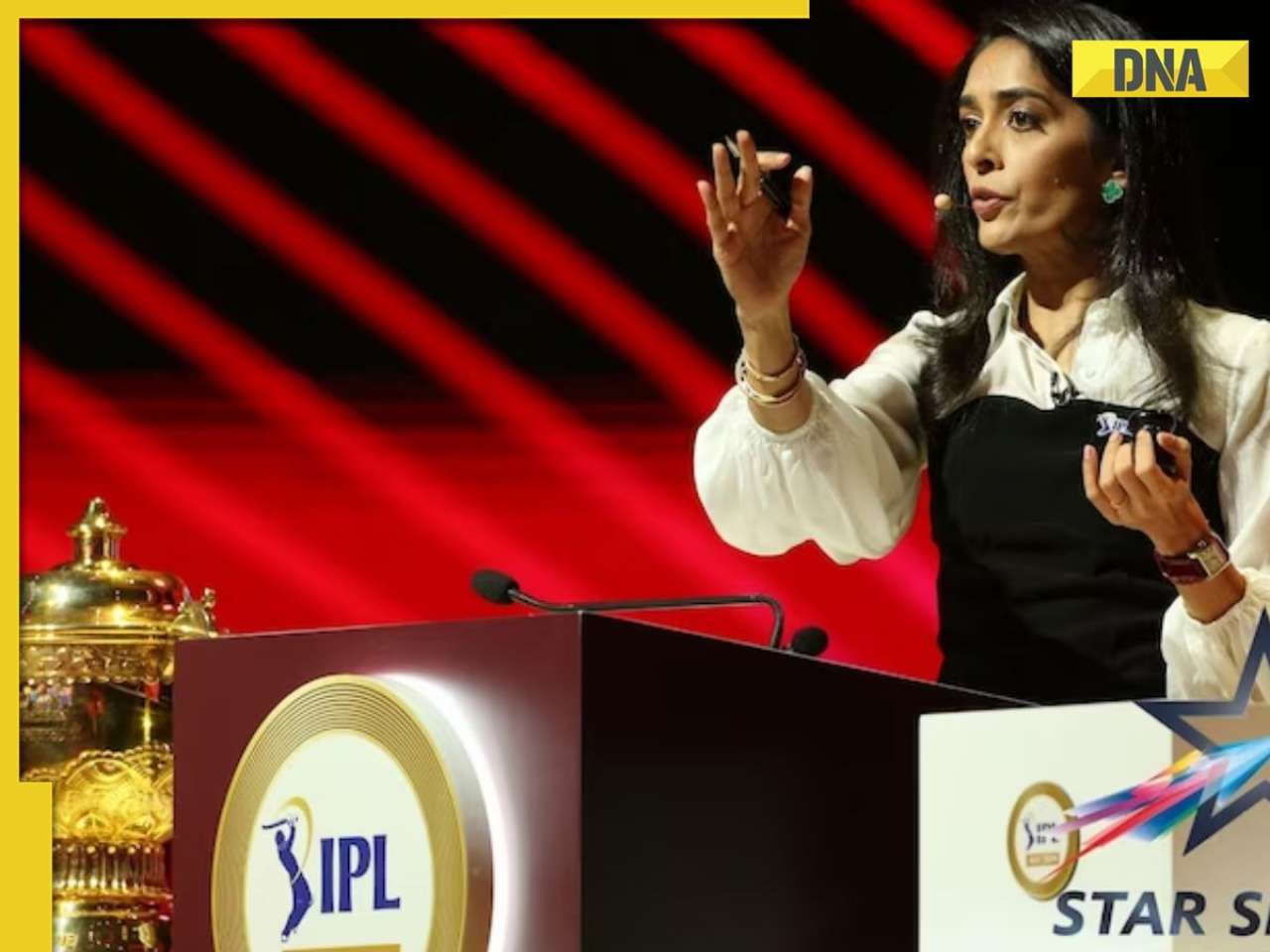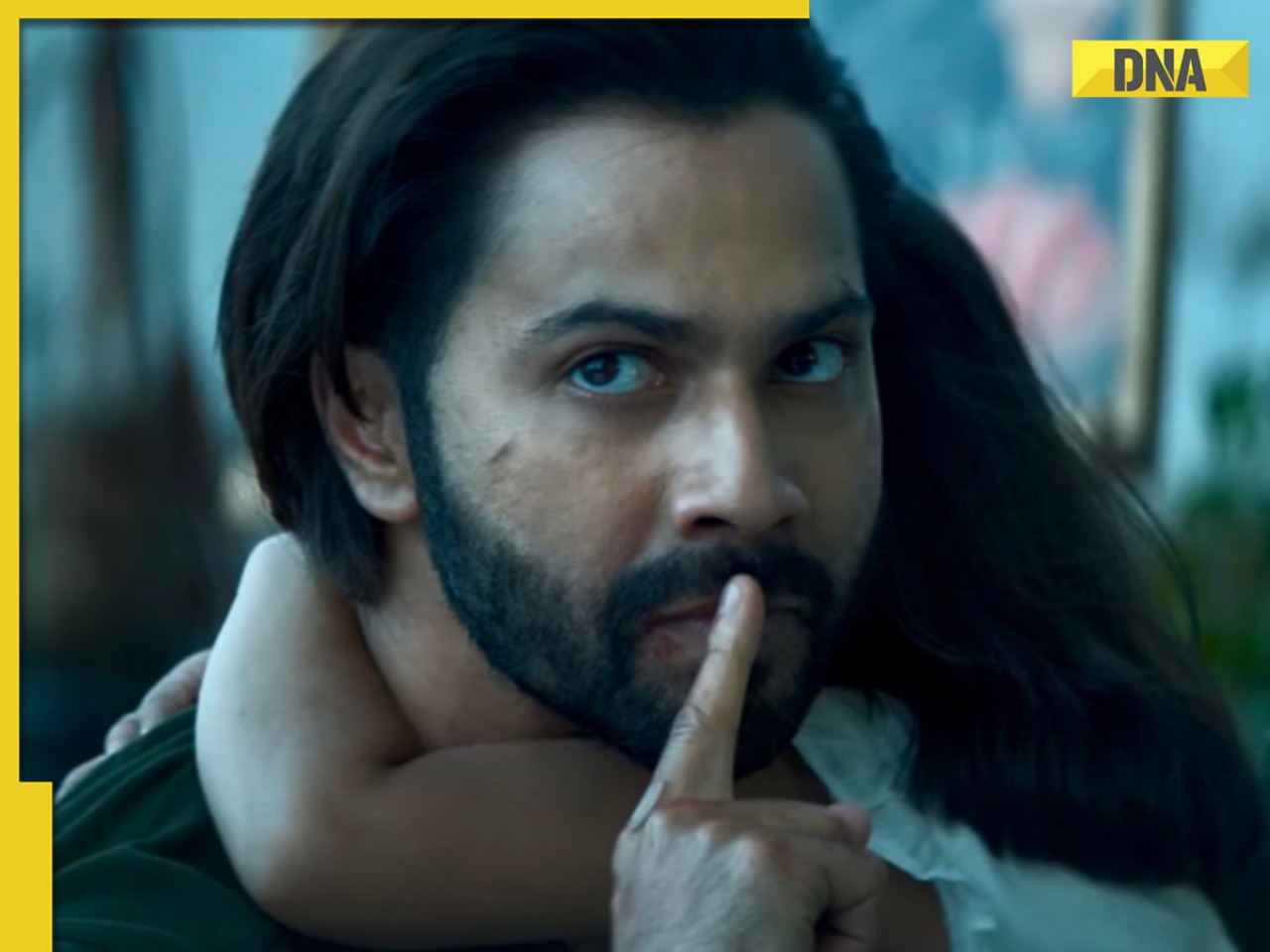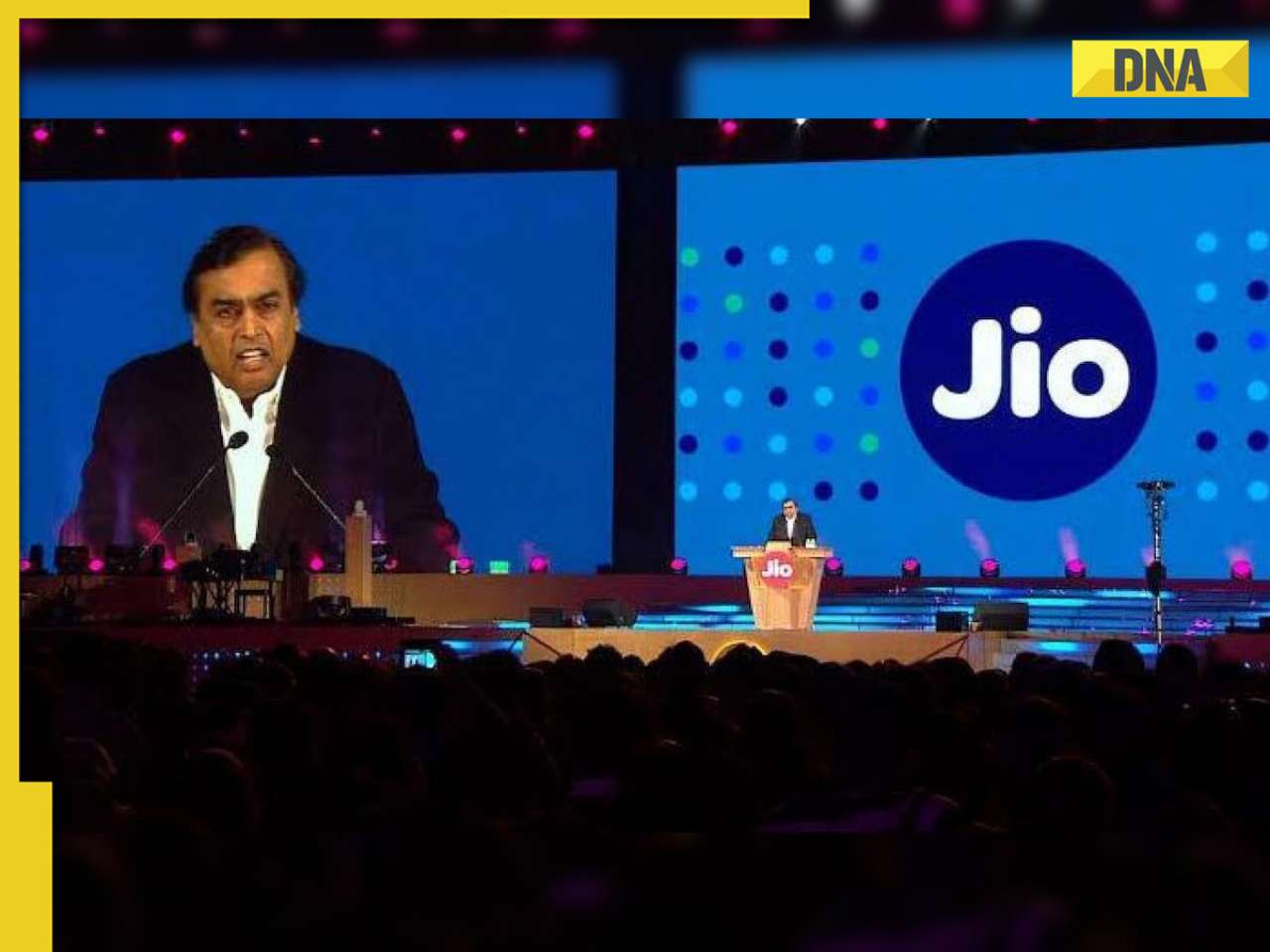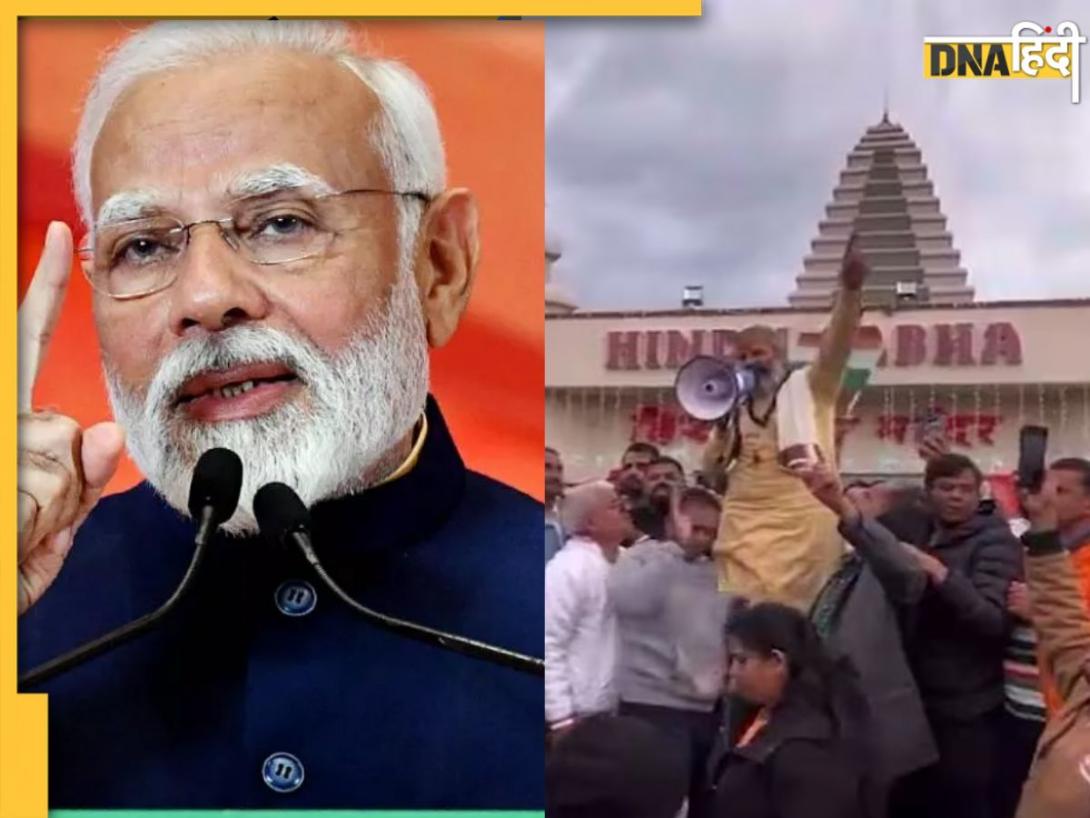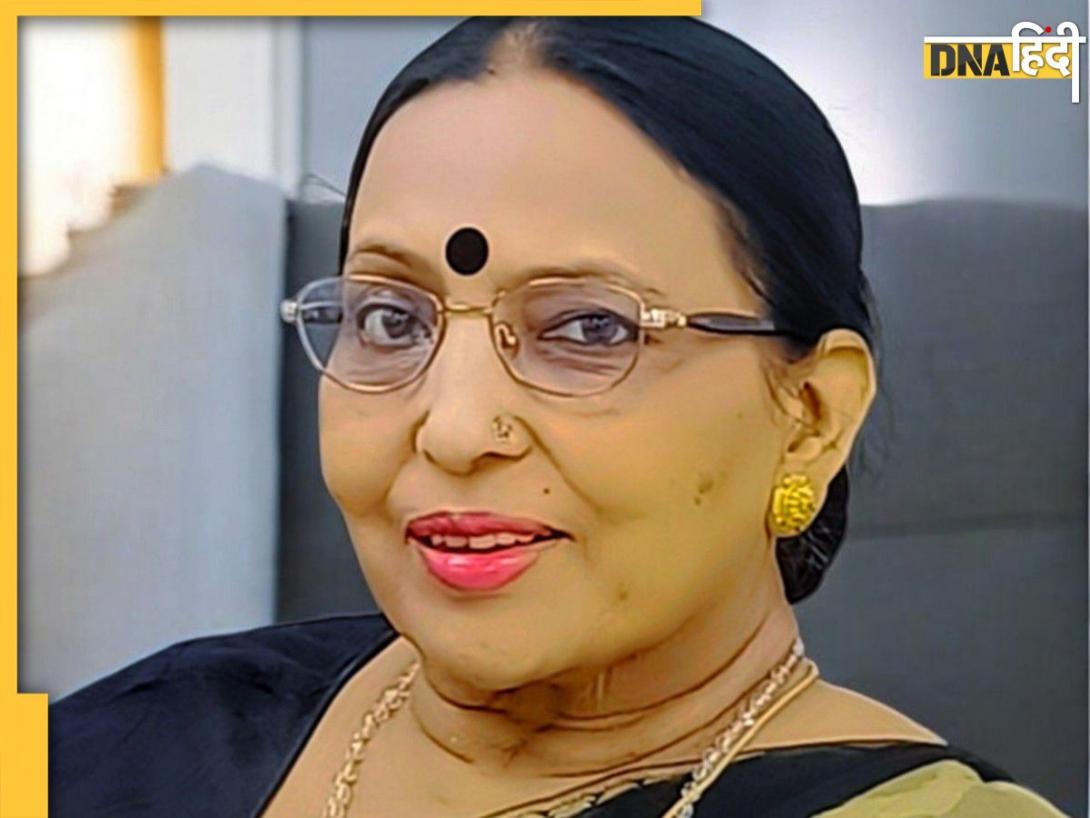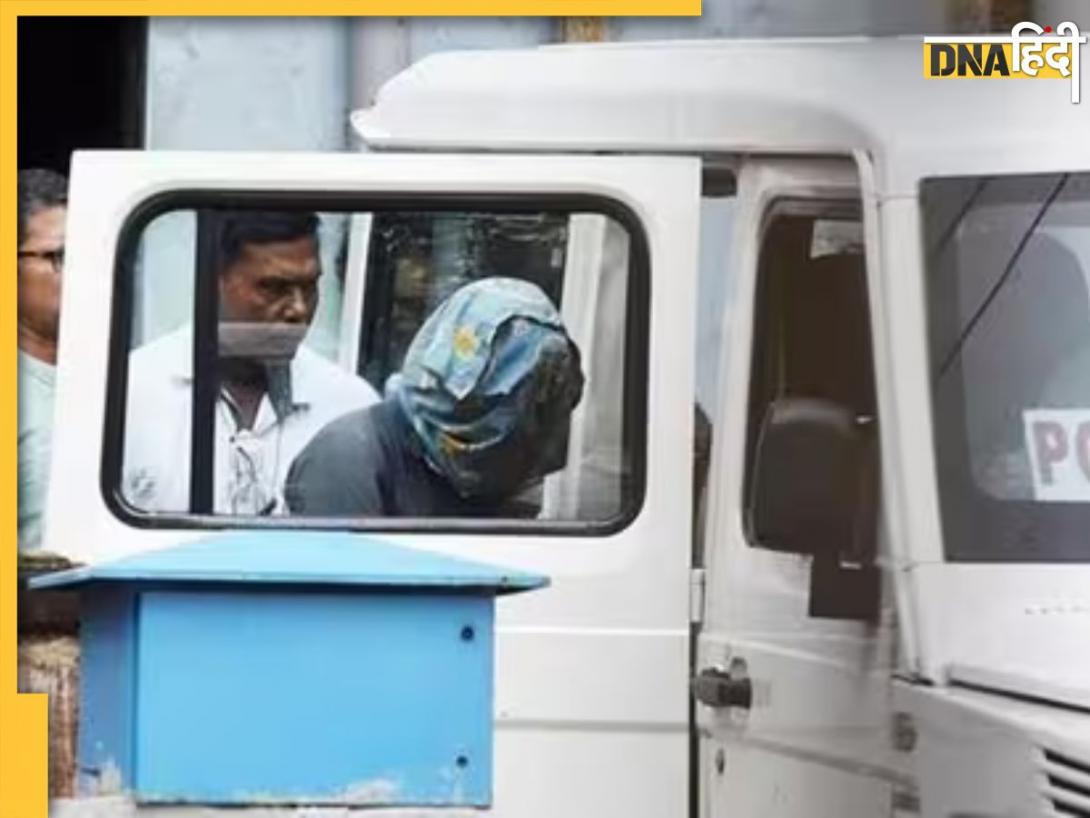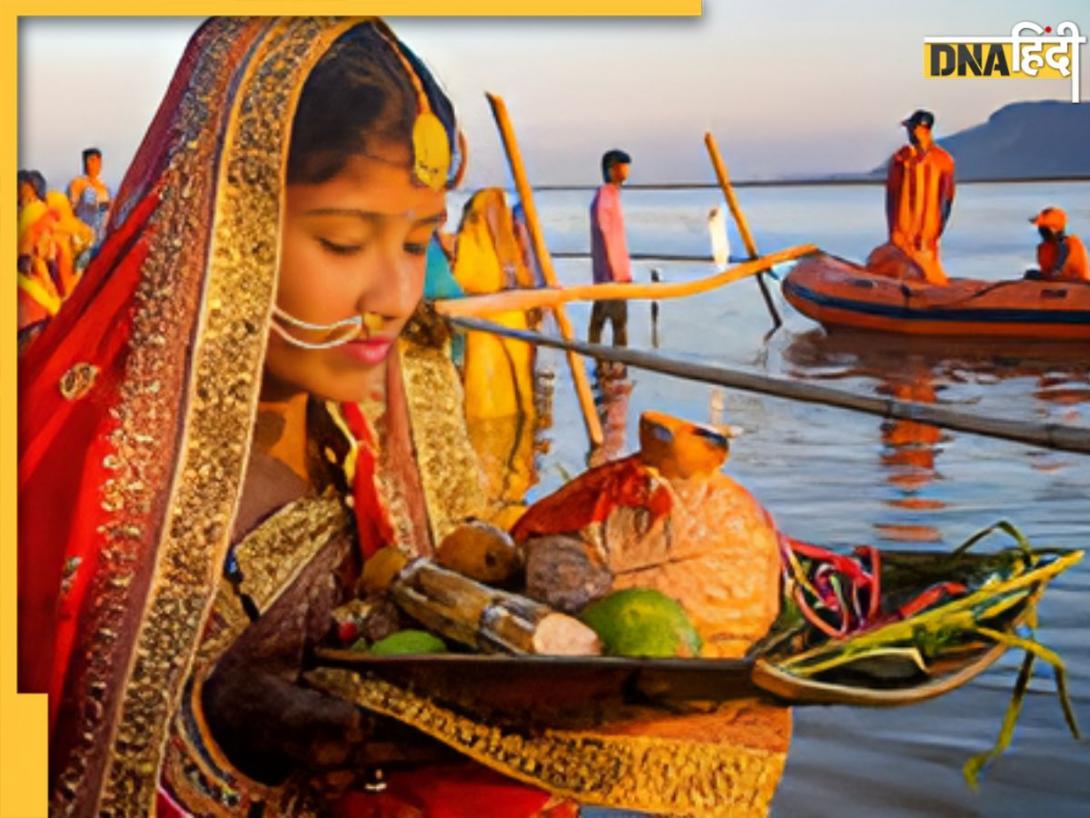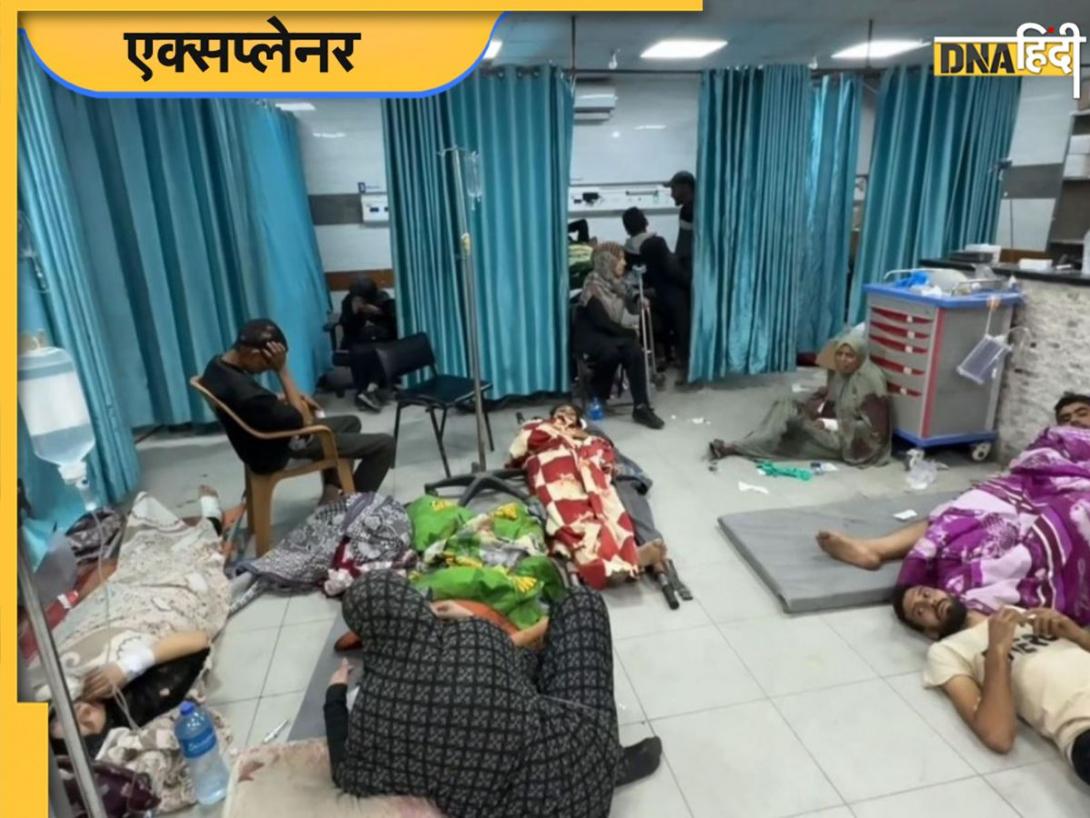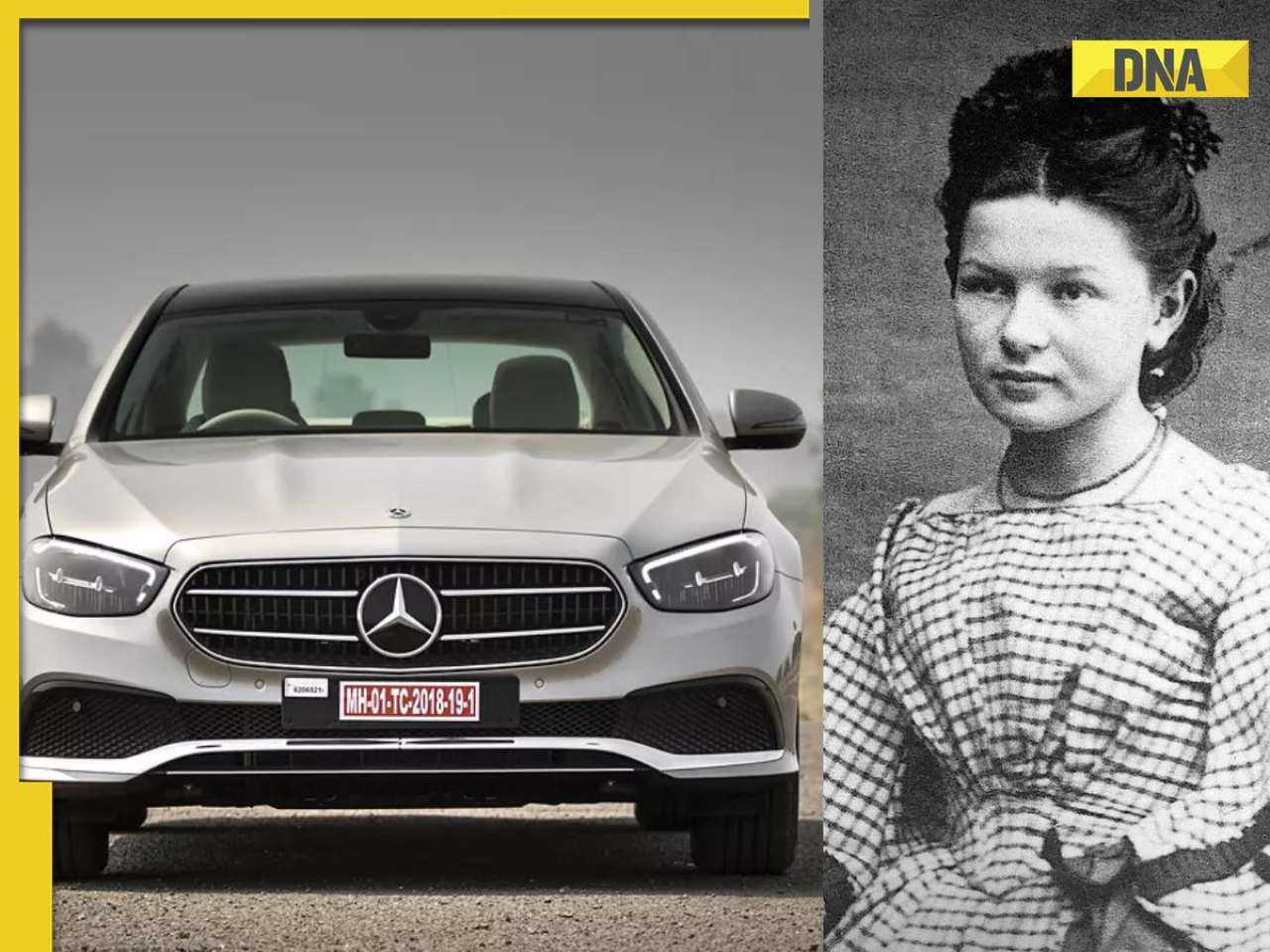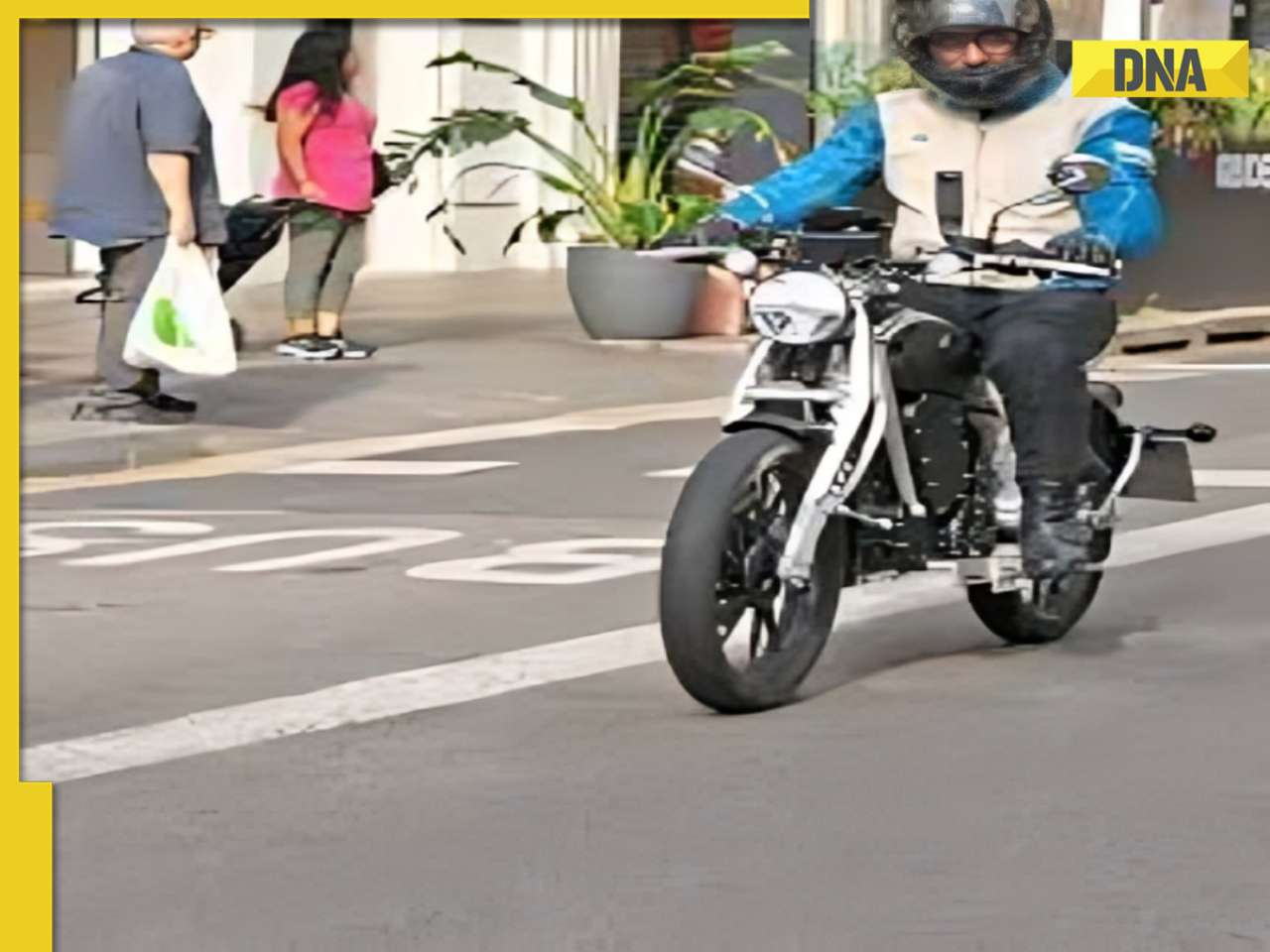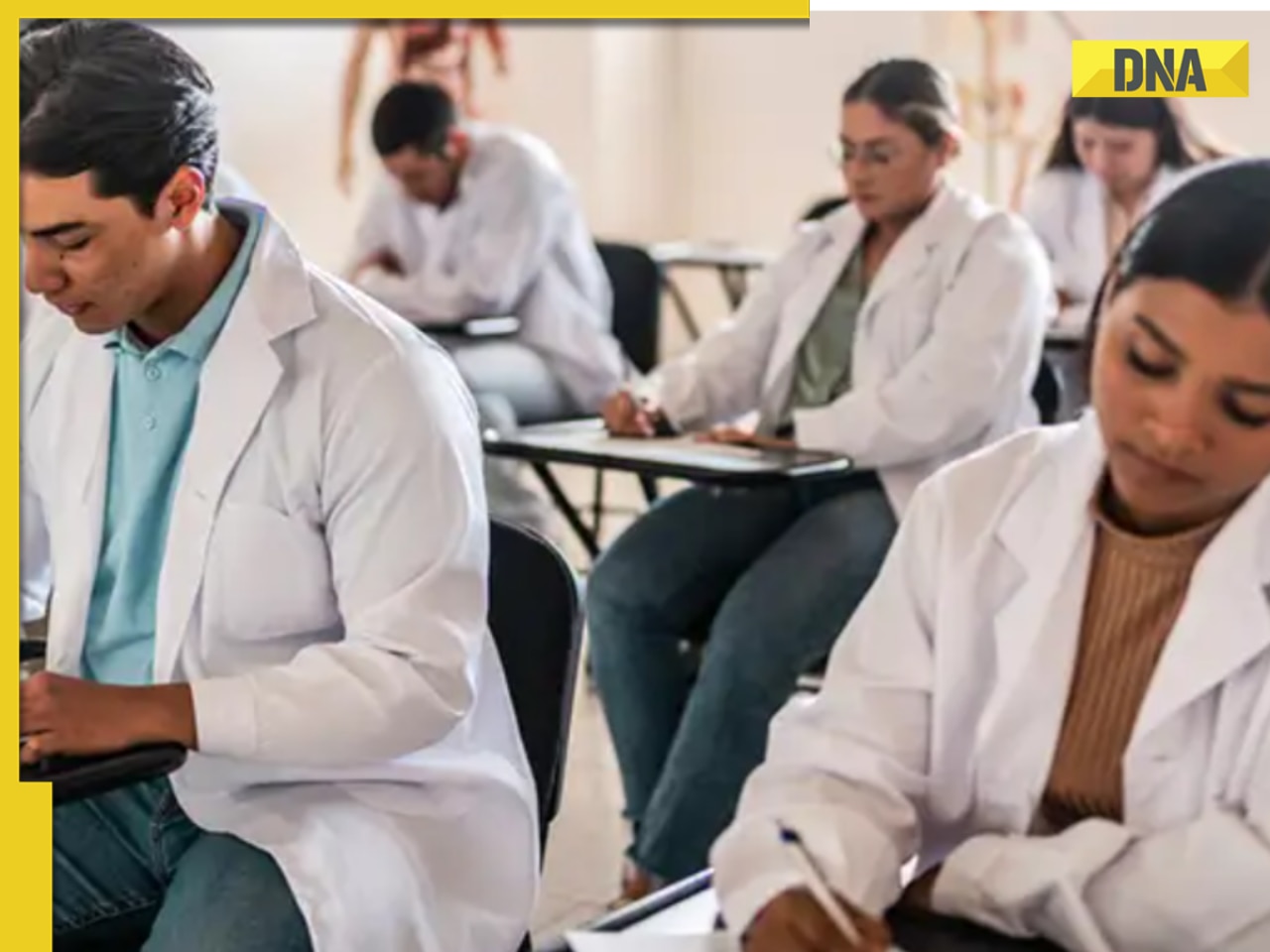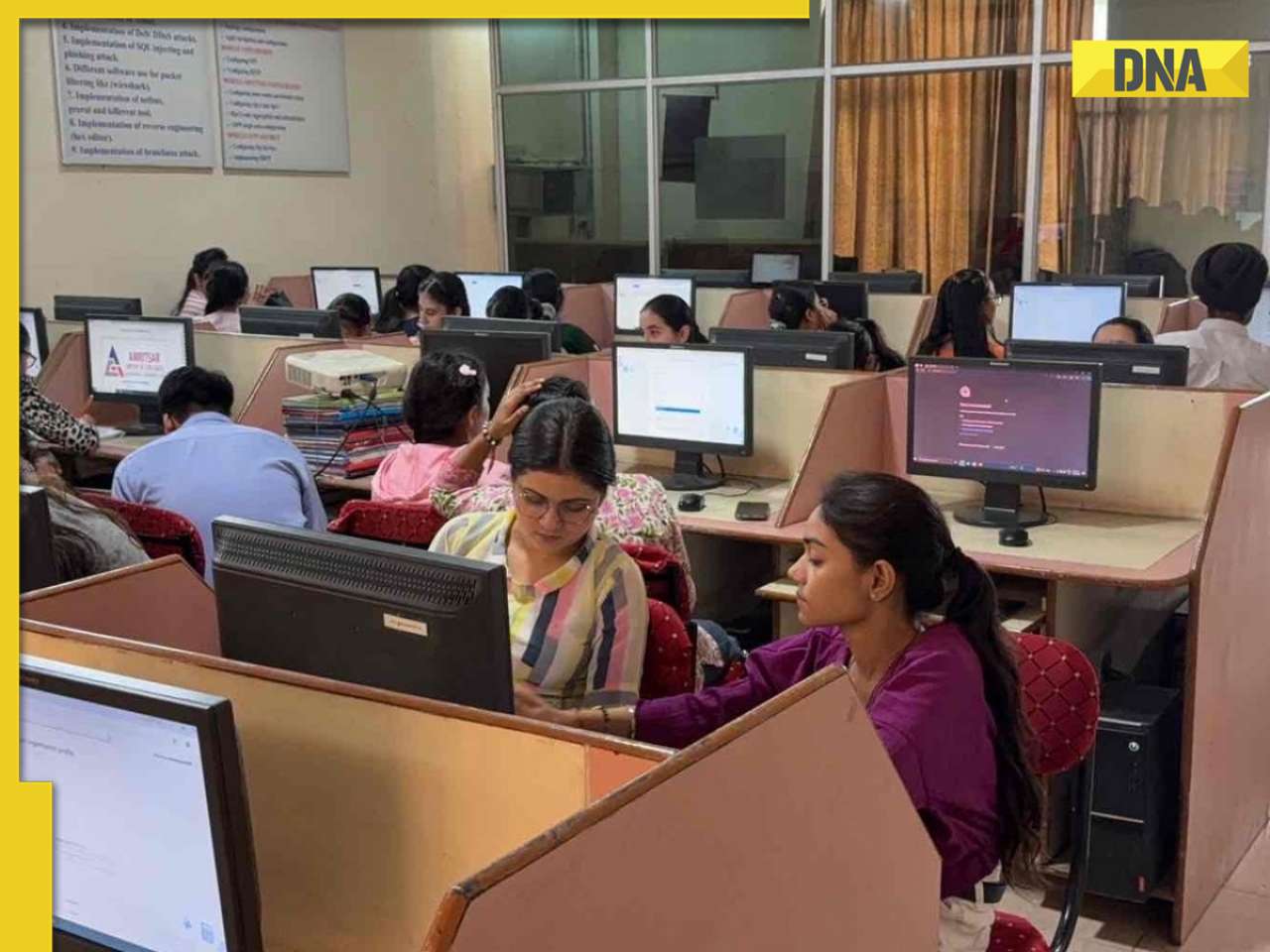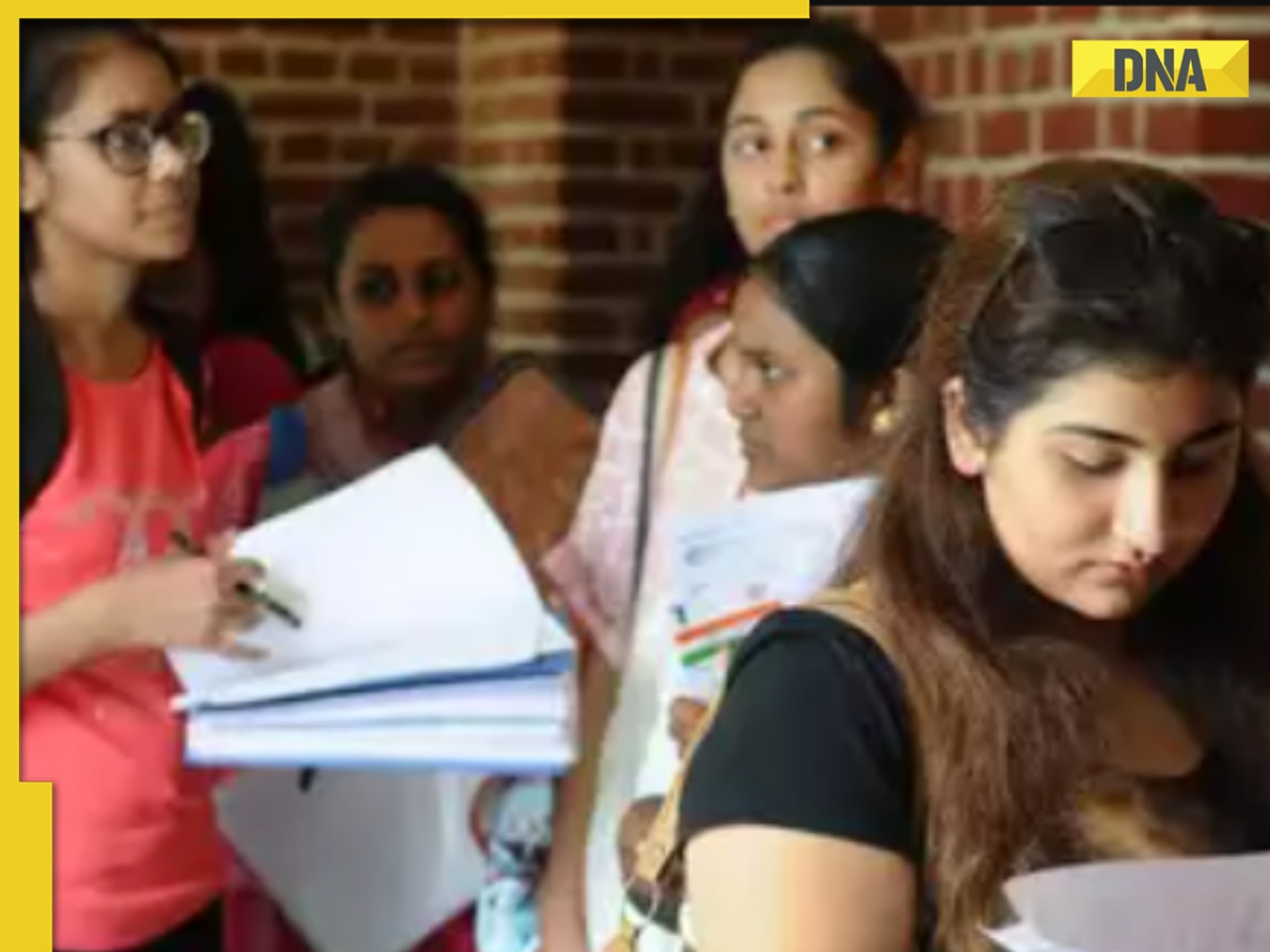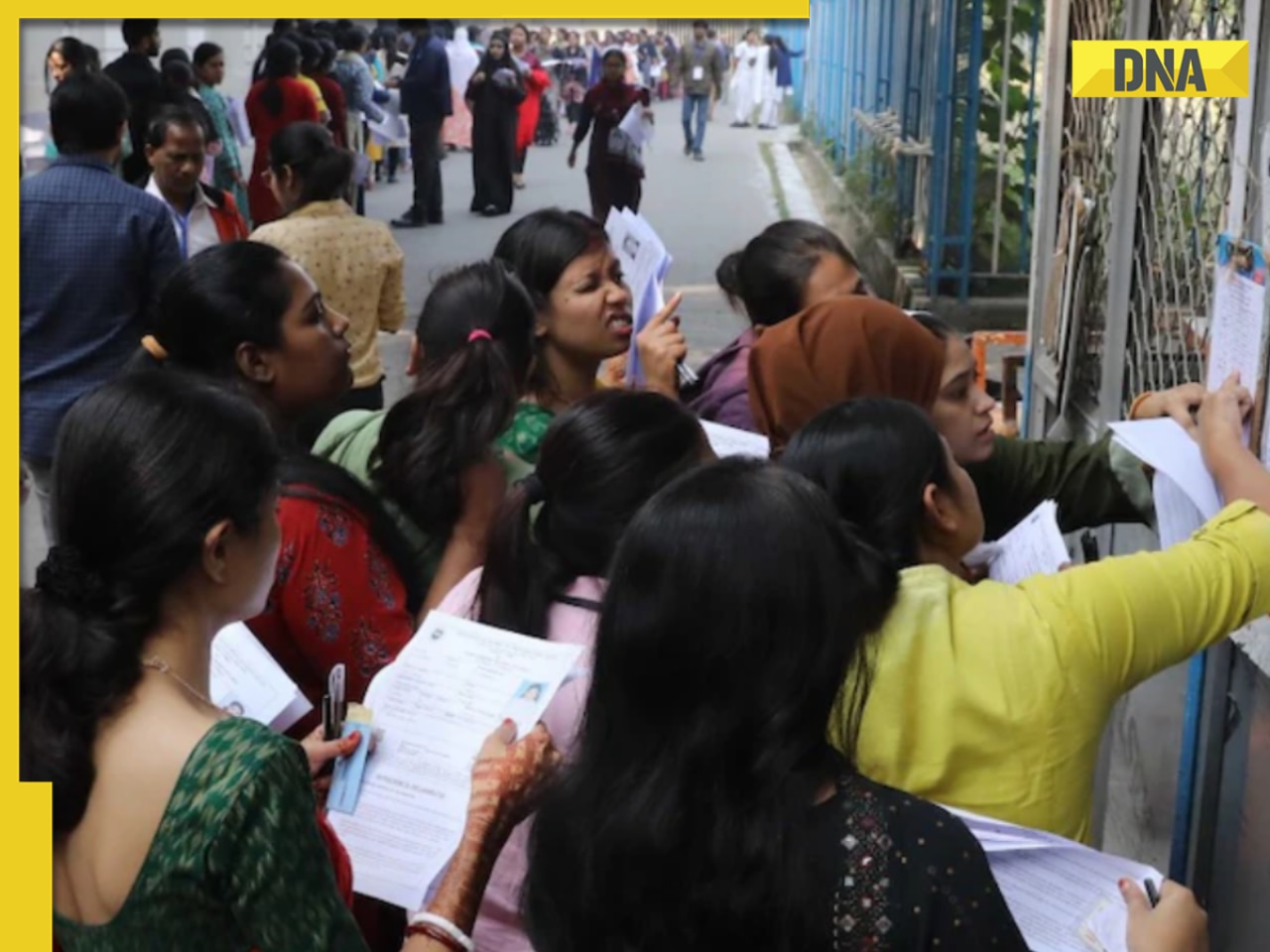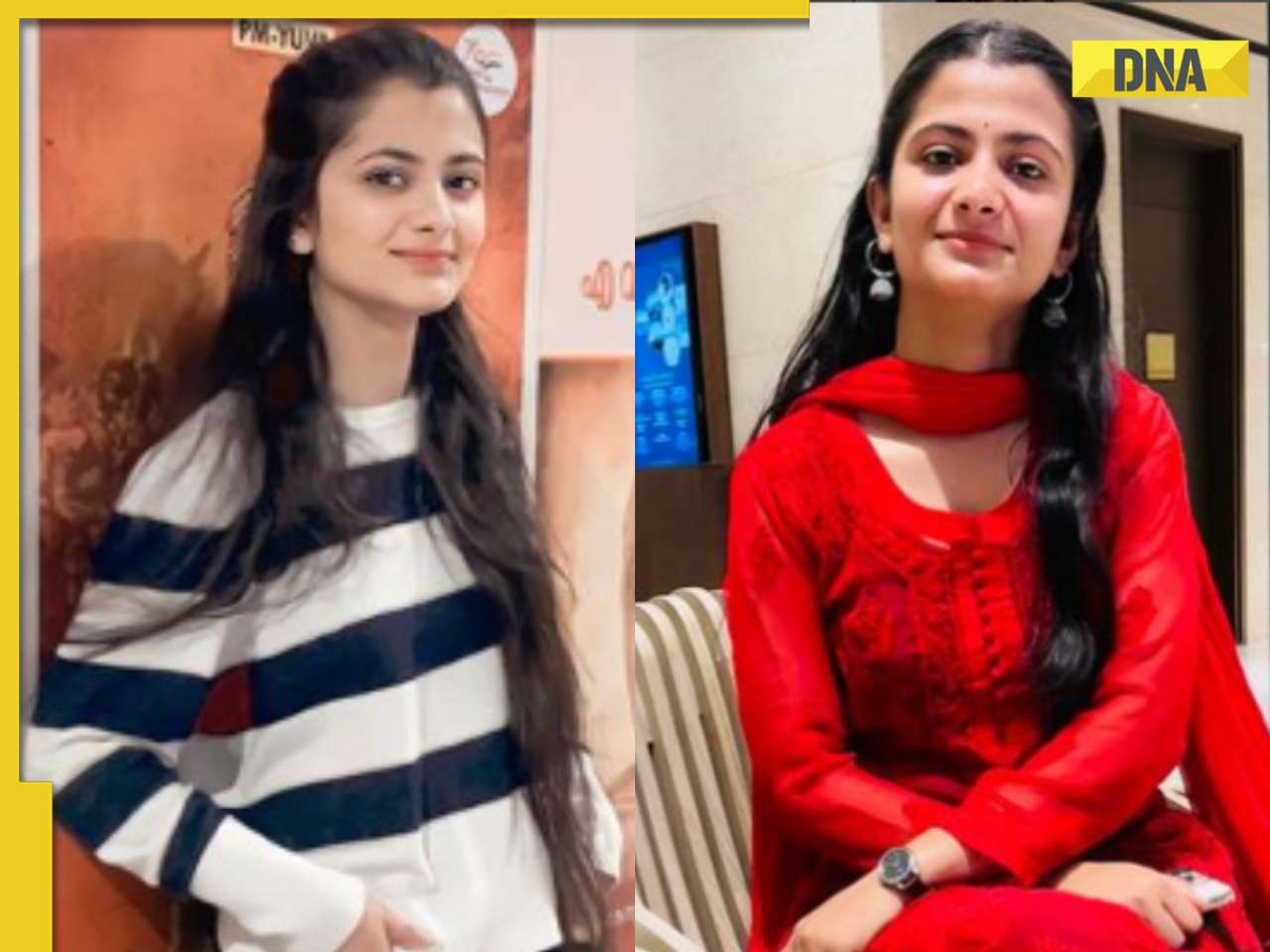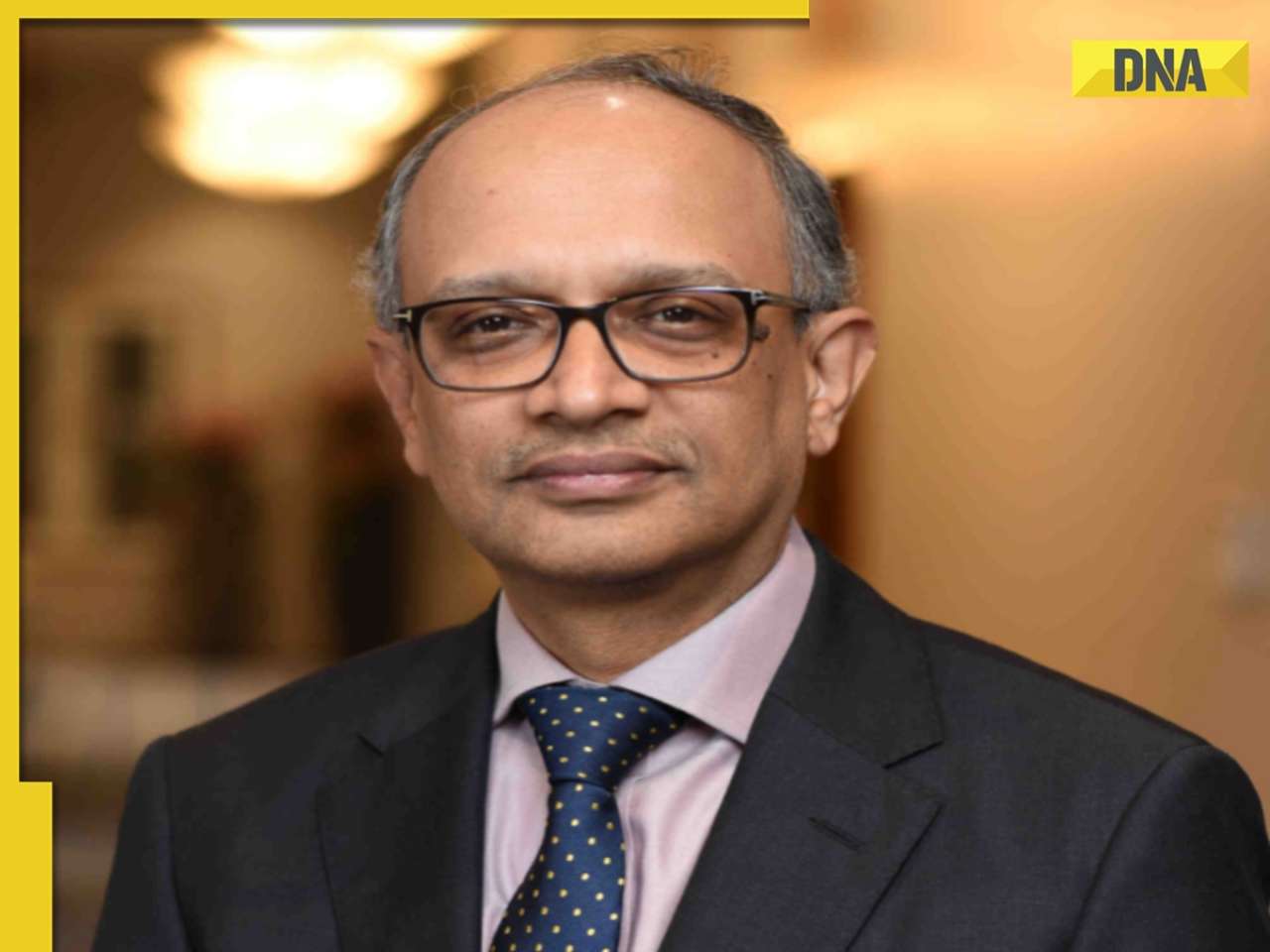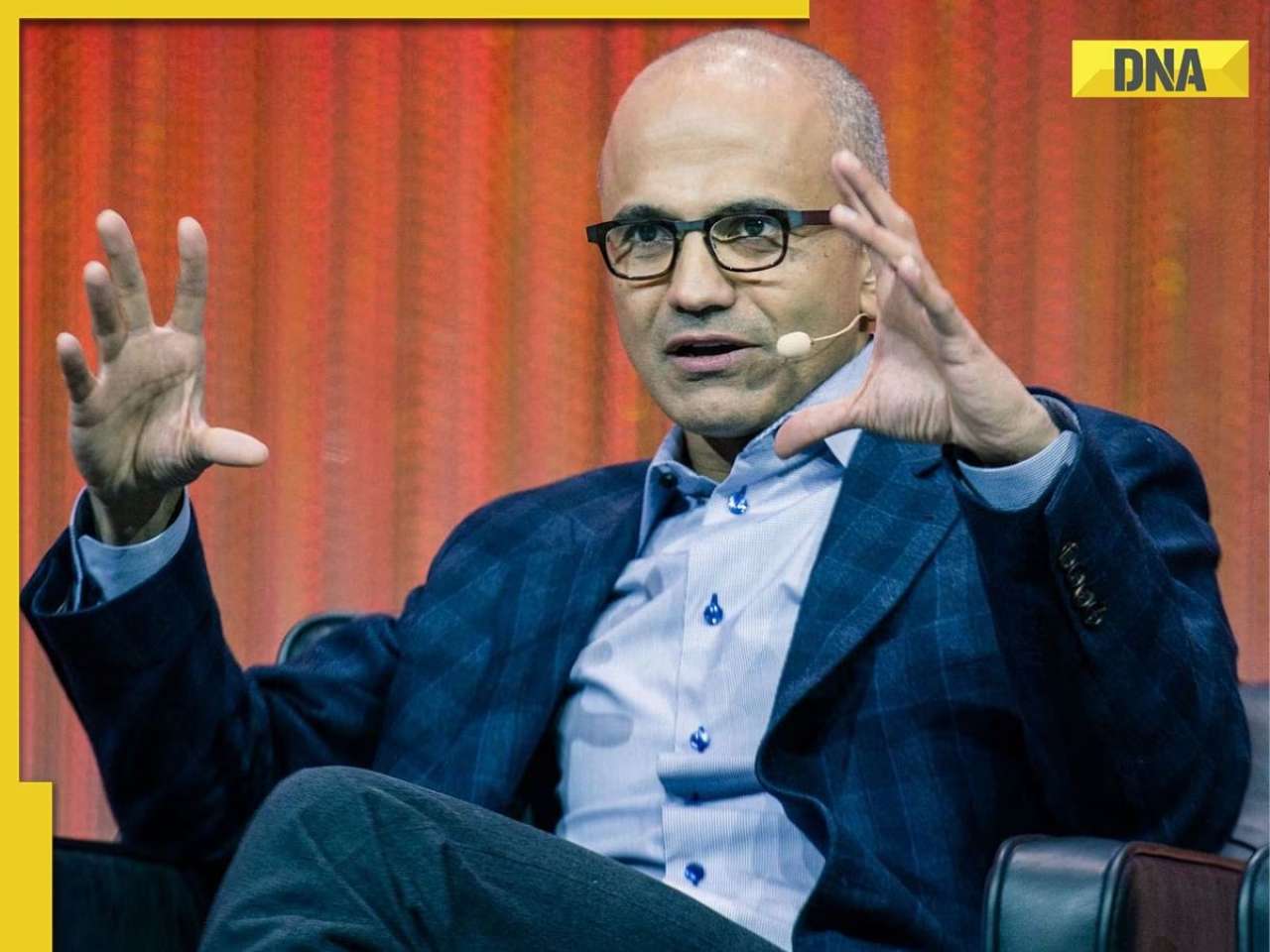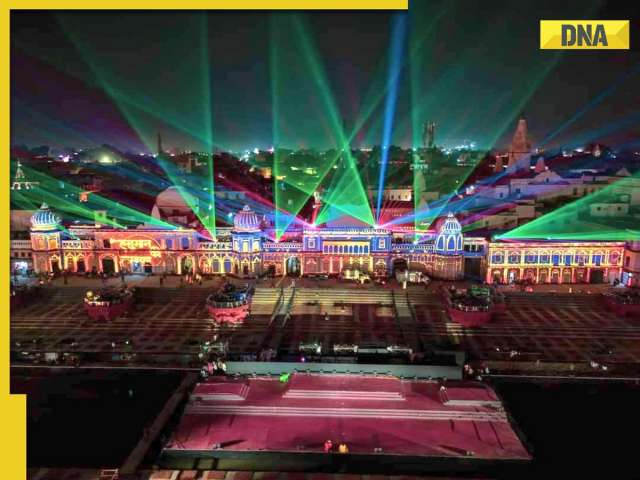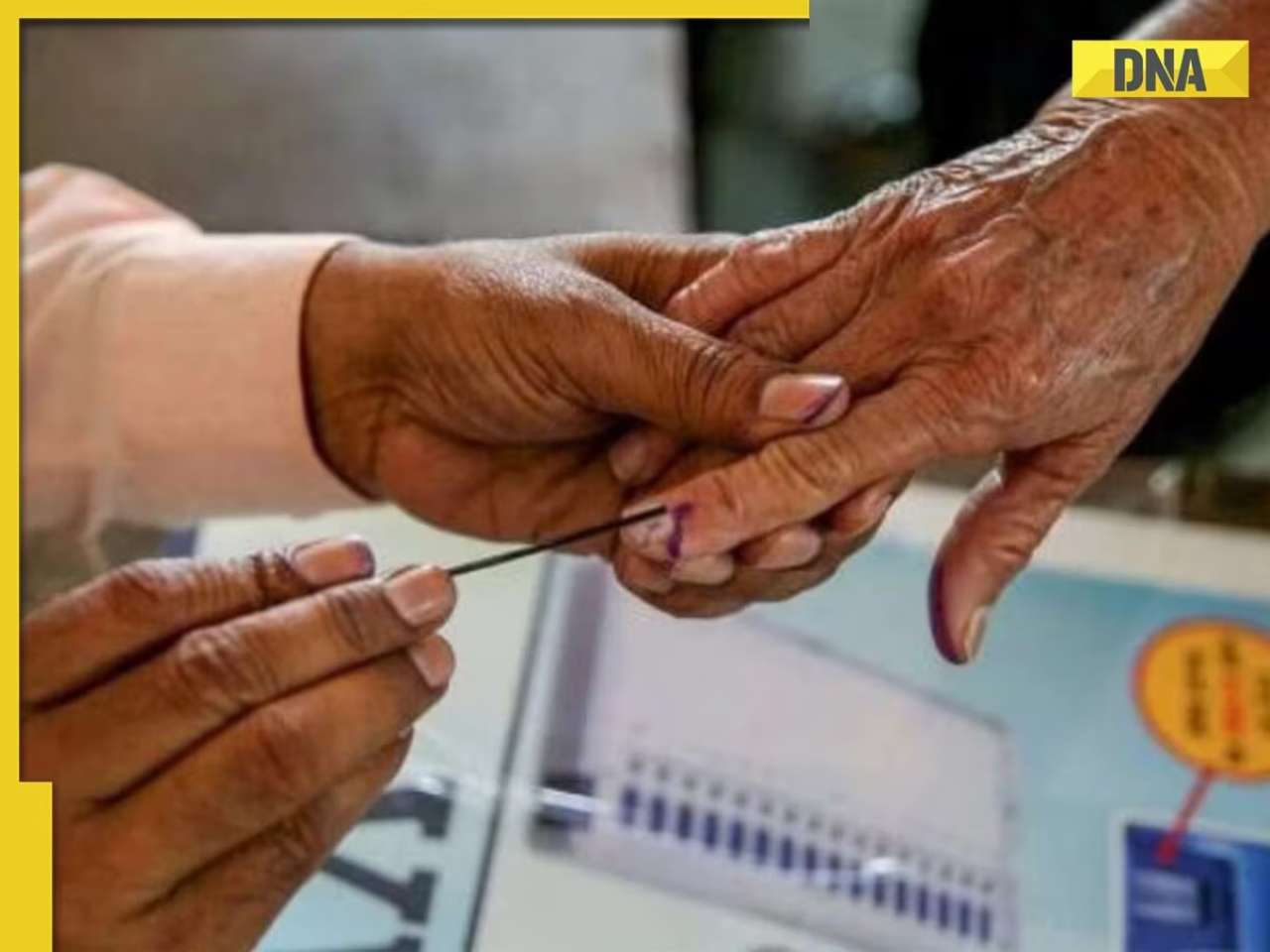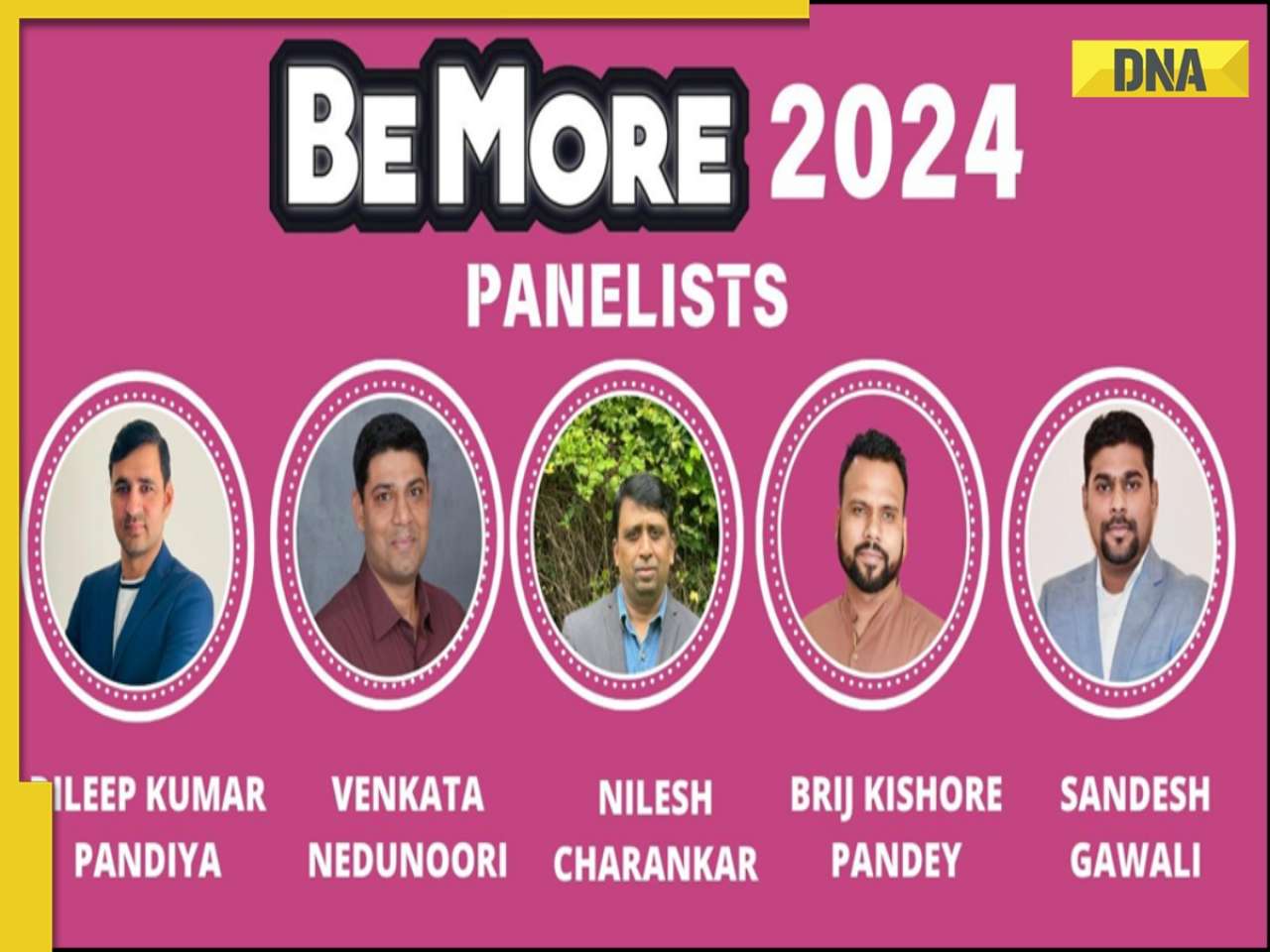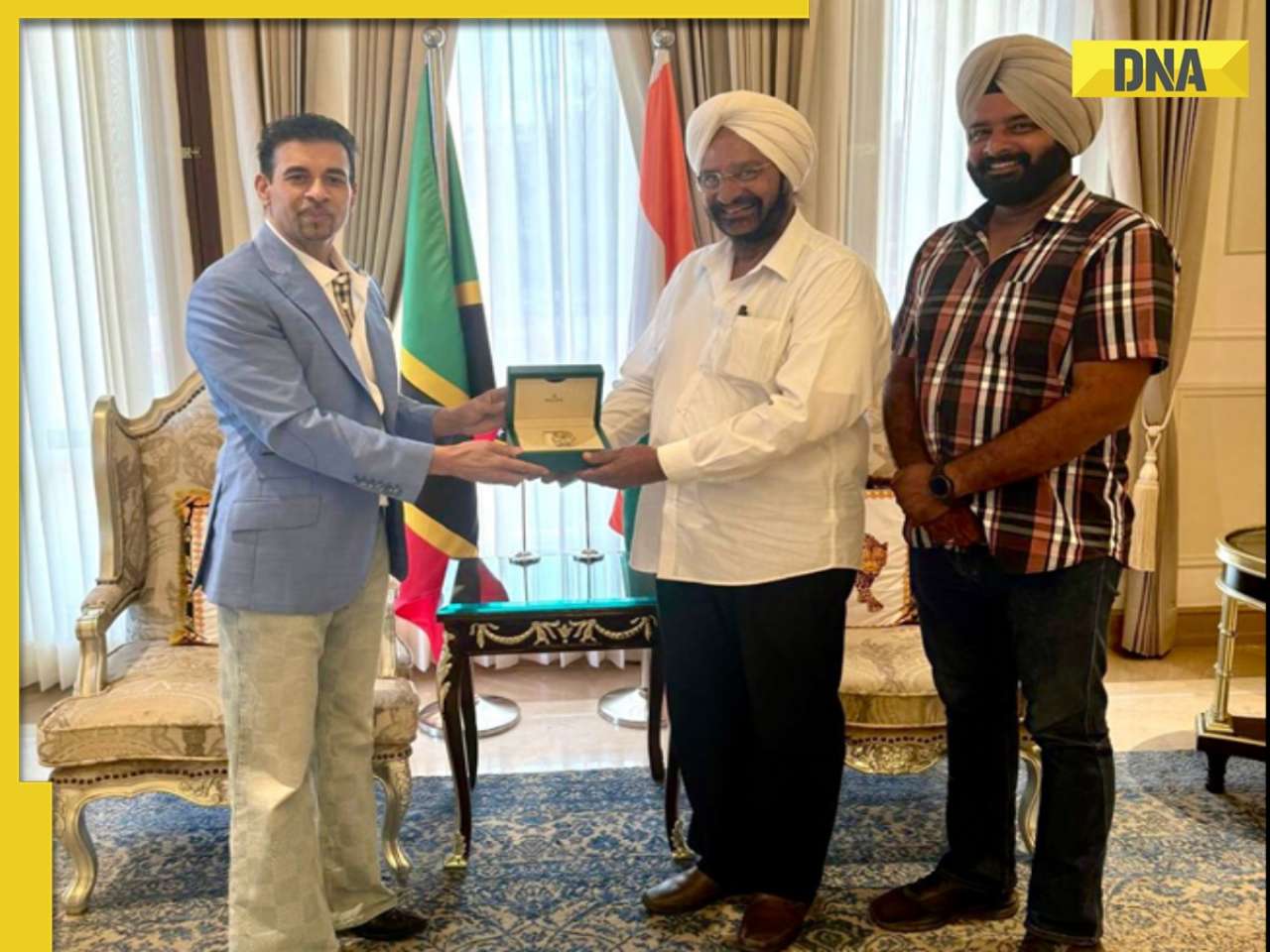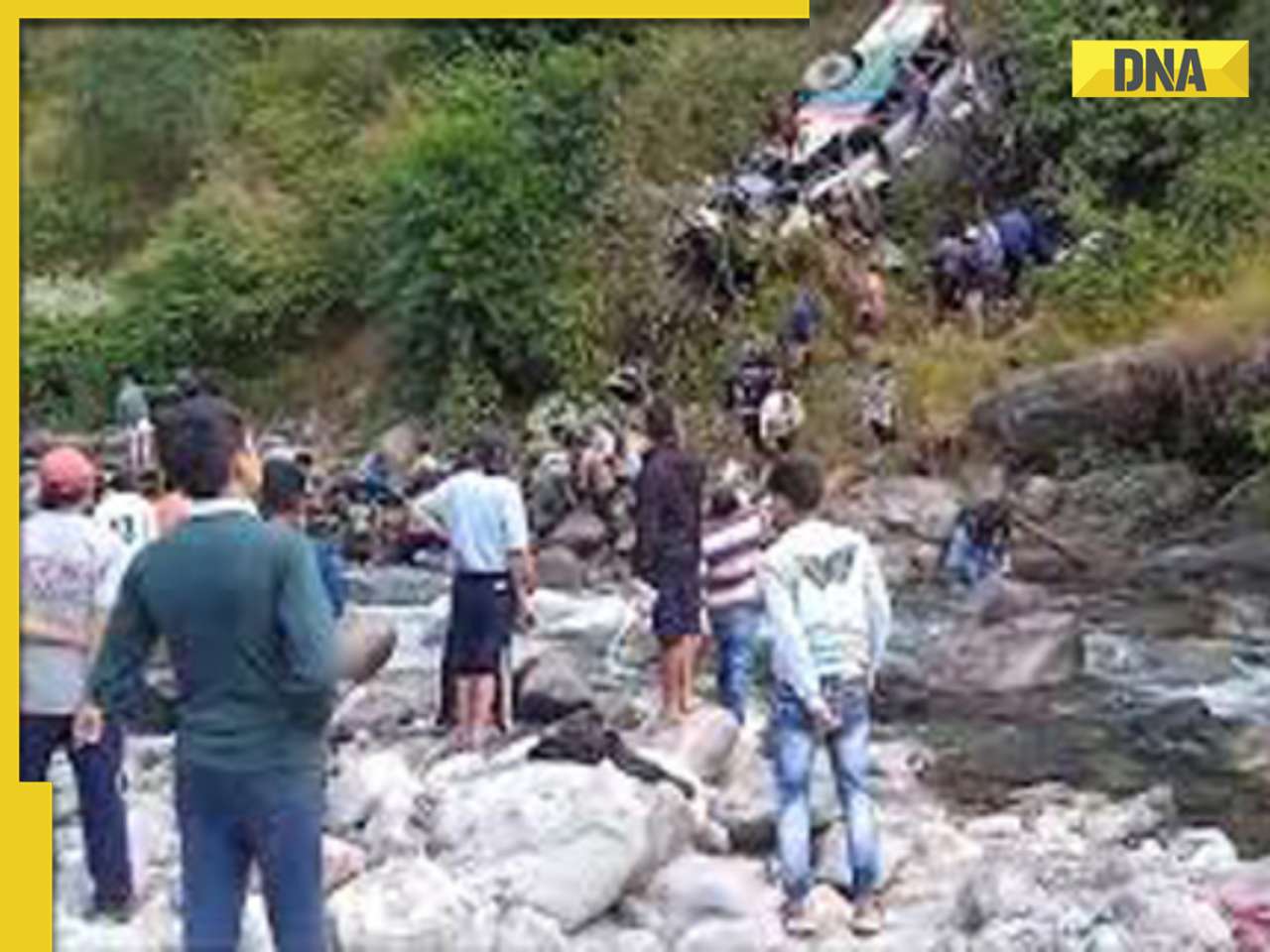- LATEST
- WEBSTORY
- TRENDING
LIFESTYLE
A Q&A with Elizabeth Collingham, author of "Around India’s First Table: Dining and Entertaining at the Rashtrapati Bhavan"
Elizabeth Collingham is the author of "Around India’s First Table: Dining and Entertaining at the Rashtrapati Bhavan".
TRENDING NOW
How did you come to work on it and where did you research it? Did you have any difficulty accessing source material at the RB archives?
I have written two books with some relevance to this project. The first, Imperial Bodies: the physical experience of the Raj, c.1800-1947 is about the British in India and the way in which they used their bodies as instruments of power and prestige. There is quite a lot about food in this book: in the early nineteenth century, the British enthusiastically embraced Indian food, only to reject it as, over the course of the nineteenth and twentieth centuries, they became more focused on presenting themselves as upright Englishmen. My other book, Curry: A Tale Of Cooks and Conquerors, is a history of Britain’s relationship with Indian food. The books are probably the reason why I was asked to research the history of dining and entertainment at the Rashtrapati Bhavan.
I used material from the National Archives, the Rashtrapati Bhavan archives, the India Office records and the papers held in the Centre of South Asian Studies in Cambridge, published memoirs and accounts, as well as newspaper reports to research the book.
It is very frustrating that the British kept very few records about the building and setting up of New Delhi and so you really have to hunt to find relevant records in the India Office Records (held in the British Library, London). They seem to have thrown much of the information away. Perhaps they did not want to keep on record the vast amounts of money they spent on this new capital, only to surrender it to an independent India less than twenty years later.
One of my favourite memoirs was by Peter Coats, Of Generals and Gardens. Coats was the Comptroller of Lord Wavell’s household and he vividly brings to life the pomp and ceremony and day-to-day life of the Viceregal House, as the Rashtrapati Bhavan was then. When Wavell was commander-in-chief, Coats did not have a high opinion of the food produced by Linlithgow’s viceregal household. He complained that the food at banquets was usually stone cold. When he became comptroller, he made sure that standards were improved and, importantly, he was much more sensitive to Indian sensibilities.
Living memories of old-timers, I imagine, were an important source - did you find many such Rashtrapati Bhavan veterans?
I spent time in the kitchens at the Rashtrapati Bhavan, talking to the cooks, bakers, and butlers, and observing them at work. This was the nicest part of the job as the staff were incredibly welcoming and constantly fed me delicious food.
My co-author, Salma Husain, conducted most of the formal interviews with staff past and present. But I did get to interview the previous executive chef, Machindra Kasture who told me how that his interest in food stemmed from when he was a small boy in Maharashtra.
I was also able to interview a former ADC to Wavell [Tom Bird] who could still remember the vivacious Peter Coats who was so good at putting people at their ease. During the war, he served in the army and after having been wounded in North Africa he was seconded to Delhi as Wavell’s ADC. He recalled the strange atmosphere of wartime Delhi and how removed it felt from the reality of the war. Looking back he felt ashamed at how little he knew about the lives of the Indian staff for whom he was responsible. Whenever he walked through a particular ante-room the footmen on duty had to jump to attention. He felt so awkward about this that he used to walk the long way round so as not to disturb them. It felt very special to talk to someone who had experienced the Raj.
How large are the kitchens of the RB?
There are three kitchens off a long corridor in the basement: the main kitchens where savoury foods are prepared, a bakery and a halwai kitchen. And then of course there are food stores, cold rooms and sculleries for washing-up etc.
Other than state banquets and other functions, what’s cooked in there on a daily basis?
The cooks prepare a huge range of snacks – Gujarati khandvi, miniature European-style bean sprout tarts, south Indian idlis and chocolate brownies, kebabs, salad, pista peda, crème caramel and biscuits, sandwiches, croissant and imerti – for all the visitors who come to the house every day. Whenever you go to the Rashtrapati Bhavan you are offered lime water, tea and a selection of snacks. This is the hospitality that you might be offered when you visit someone’s home – you are visiting the home of the President and you are treated with first-class hospitality.
They also cook lunches and dinners for visitors and prepare food for any of the countless events that take place there.
Republic and Independence Days are the busiest times of year for the Rashtrapati Bhavan kitchens. Haider Ali [head cook-cum-halwai] can remember that he and his fellow cooks used to begin making samosas for the garden parties two days in advance. Preparing for the August garden party was such hot and stressful work that the cooks were given an air-conditioned room to work in to spare them from cooking such vast quantities of food in the stuffy heat of the basement kitchens. Nowadays the chef and his team of cooks work through the night to prepare for the garden parties. Alongside the standard fare of samosas and gulab jamuns, the guests are presented with more modern and sophisticated bhutta roti rolls, miniature tarts and koftas and Bengali latikas. There is agreement among the regular guests at the garden parties that the food has become more adventurous.
The kitchens also cook for the president’s ADCs. All other members of household staff return home to their quarters on the estate to eat their meals. Every three months they sit with the chef to draw up a 21-day rolling menu which the comptroller then approves. The kitchens try to make the meals varied as well as balanced. One evening the ADCs might be treated to a tandoori-themed dinner, another they might have a Chinese meal of Manchurian chicken and sweet and sour vegetables. Continental food no longer dominates the menus but on occasion they are served European-style celery soup and chicken with mushroom sauce. Lieutenant Commander Rakesh Yadav is particularly fond of the regular Monday-night dinner at the Rashtrapati Bhavan of rajma and paneer bhurji while Major Rajesh Kumar looks forward to the Sunday evening biryani. All the ADCs feel that they need to be vigilant about their calorie consumption because the bakers and halwais make such good desserts. The halwais make delicious gulab jamuns which Rajesh Kumar enjoys with ice cream while Squadron Leader Yash Aryan’s favourite is sabudaana kheer. An endless stream of old-fashioned cakes and puddings emerge from the bakery, the recipes for which must surely have been inherited from the viceroy’s bakers and confectioners. Major RK Banu Chander particularly likes the trifle that is still known in the Rashtrapati Bhavan by its 1940s’ name, tipsy pudding. Baked Alaska is another of his favourites while Rakesh Yadav loves the Swiss carpet roll, another Raj staple.
What about meals of the president and his family?
The President has his kitchens and his own chef who cooks for him in his private kitchen although when I visited the kitchens one day they were just taking some hot rolls out of the oven which they said they were going to send up to the President’s quarters for his dinner.
When he was not attending state functions Governor-General Rajagopalachari preferred to eat food prepared by his widowed daughter rather than the more formal meals prepared in the basement kitchens. He therefore installed a private kitchen in his apartment. All the presidents since then, except A.P.J. Abdul Kalam, have followed in his footsteps, and have maintained a private kitchen. A bachelor, President Kalam preferred to eat from the main kitchen rather than employ a retinue of kitchen staff to cater just for him. Sometimes the presidents brought their own cooks to staff their private household and others seconded cooks from the main kitchens and butlers from the household. Minhaj Ali, now a senior cook in the main kitchens, worked in the presidents’ private kitchen in the 1970s and 80s when he was a cook’s mate. He would assist the cook and sometimes serve the president. He enjoyed working for President Neelam Sanjiva Reddy because he so enjoyed his food; he was known fondly as ‘nawanmunda’ by President Giani Zali Singh as he made such delicious bottle gourd cooked in milk.
How have the food, kitchens and hospitality traditions at Rashtrpati Bhavan adapt to changing times, especially in the years since Independence?
The Indian state gradually grew into and made its own the traditions and protocol that it had inherited from the Raj. In the early days the portraits of past viceroys still hung on the walls of the banquet hall. Gradually these were moved out of the room and replaced by paintings of India’s former presidents. At first, the food served at the Rashtrapati Bhavan continued to be Anglicised-French in style, as it had been during the tenure of the viceroy.
The first course at viceregal banquets was always soup and the Rashtrapati Bhavan has remained faithful to this tradition. Although soup is a decidedly un-Indian dish, the cooks have become expert in preparing French cordon bleu soups such as crème Nivernaise (onion) or consommé royal (clear vegetable). In 1990 Biren Barua made such delicious celery soup for Yassar Arafat that the Palestinian president complemented him personally.
The second course at the Rashtrapati Bhavan is invariably fish. In the 1950s and 60s, the fish dishes were old Raj favourites such as bekti paupette or baked pomfret. But just as the viceregal portraits were slowly edged out of the banquet hall, so European-style meat dishes were gradually replaced by Indian dishes. Nehru was very keen to Indianise the protocol which surrounded the Indian president and enlisted the help of his daughter, Indira Gandhi. She and Tara Ali Baig, the wife of the chief of protocol, did away with many of the old viceregal practices. Bouquets were replaced with garlands and at state banquets the ladies were no longer asked to withdraw after dessert. They had ceased to curtsy on leaving the banquet hall with the departure of Lord Mountbatten. As prime minister, Indira Gandhi continued to keep a close eye on the menus and her office liaised with the president’s to decide on the food for every event.
Indian puddings such as almond kheer and mango ice cream began to replace British trifles and custard creams. Sumptuous Mughlai-Punjabi specialities graced the banquet menus of the Rashtrapati Bhavan through the 1970s and 80s. Visiting dignitaries were treated to Punjabi-style burra kebabs and Mughlai navratan quormas and Chicken Shahjahani. Minhaj Ali recalled the Anarkali Chicken the cooks used to prepare, stuffed with almonds and raisins, rolled up and cooked in a nut gravy.
The quality of food at the Rashtrapati Bhavan reflected not only the skill of the cooks but also the amount of interest the presidential wives took in the kitchens. The wives and daughters of early presidents did not play an active part in political life and their sphere of influence was limited to the president’s private kitchen. This situation changed with the presidency of Fakhruddin Ali Ahmed. His wife took a lively interest in the kitchens. Haider Ali recalled that the kitchen staff were surprised when Begum Abida Ahmed called a meeting with the cooks to discuss the banquet to be given for the Shah of Iran in October 1974. Together, Begum Ahmed and the cooks planned a menu to celebrate the ancient links between India and Iran. Before the banquet they cooked sample dishes and held a special tasting session to choose which ones they would serve. Haider prepared the Hyderabadi specialty of chicken nahari, and an Awadhi slow-cooked dum pukht. To accompany them he made sweet, flaky, saffron-flavoured sheermal breads. From then on Begum Ahmed played an important role in the kitchens, encouraging the cooks to excel, helping to choose banquet menus and organising tasting sessions.
Where do the vegetables, meat and provisions, etc come from? Have the kitchens been modernised in recent decades?
When the kitchens were installed in the 1920s they may have been the most modern in the empire but they have needed updating several times since. Minhaj Ali recalled that when he started working in 1974, the kitchens were hot and uncomfortable with only fans to provide a little relief for the sweltering staff who used to work in their vests and shorts. He was envious of the bakers whose pastries and cakes had to be made away from the intense heat of the stoves though Razi Haider could only recall there being one ceiling fan to cool the bakers down. Refrigeration was rudimentary in those days and the kitchens relied on an ice plant to provide ice for the wooden icebox in which they stored the meat. The cooks’ mates had to grind the spices by hand on grinding stones and even more arduously the lentils and rice to make idli and dosa batter also had to be hand ground. In the early days the cooks used charcoal-fuelled bhattis. In President Singh’s time (1982−87) gas stoves were introduced along with better refrigeration facilities but much of the cooking still had to be done on hot plates. The bakers had to control the heat of their ovens with mercury thermometers.
It was not until President Kalam’s (2002−07) tenure that it was decided that the kitchens were in need of a thorough overhaul. Plans were put in place for the installation of a gas pipe to supply the stoves and for modern electric tandoor ovens and large temperature-regulated electric ovens to be installed in the bakery. It was decided to equip the cooks and bakers, who had until now done everything by hand, with steamers, slicers, grinders, mixers and kneaders and a belt to roll out cookie dough and pastry. The modernisation was still only in the planning stages when President Kalam left office but President Patil (2007−12), pleased to improve working conditions for her staff who produced such splendid food in trying conditions, made sure that the plans were realised. By 2009 the cooks were equipped with a thoroughly modern air-conditioned kitchen.
How have the state banquets, what’s served at them and how it’s served changed in recent decades?
The officials and cooks who plan the menus for state banquets are acutely conscious that they are putting Indian culture on show. The vast and varied nature of India has to be conveyed to visiting dignitaries in a few short days, normally spent mainly in New Delhi. The state banquet is an opportunity to give the visitor a sense of the vibrancy of India’s various cuisines. Since the 1990s the Rashtrapati Bhavan has become conscious of showcasing all of India’s regional cuisines.
The Burmese wife of President KR Narayanan introduced bite-sized idlis and vadas as snacks with a little bowl of coconut chutney. She also celebrated the home state of her husband by introducing Keralan dishes into the Rashtrapati Bhavan repertoire. At a banquet in honour of General Pervez Musharaf in July 2001 the dessert was the Keralan ada pradhaman, a coconut rice pudding flavoured with jaggery, traditionally eaten during the harvest festival of Onam.
President Kalam was particularly open to culinary innovation. In May 2007 he invited the Chennai restaurateur Aruni Jacob to the Rashtrapati Bhavan to cook the distinctive cuisine of the Kongunadu region of Tamil Nadu which he had researched and revived.
President Patil introduced Maharashtrian specialities such as saboodana rolls and koftas of sweet potatoes mixed with cottage cheese.
Captain Singh, the comptroller of President Mukherjee’s household, and the cooks, are conscious that the Rashtrapati Bhavan is currently a Bengali household. Fish dishes appear more frequently on the menu, mustard oil has made its presence felt in the kitchens and panchphoran is often used to give dishes a Bengali flavour.
It has now become an established practice at Rashtrapati Bhavan banquets to acknowledge the home region of the president with the dessert course. The Maharashtran puran pholi featured on President Patil’s banquet menus while President Mukherjee’s banquets invariably end with a Bengali sweet dish.
Is alcohol serve at state banquets?
No alcohol. They serve water, watermelon juice and orange juice.
The one striking change from viceregal times was the explusion of wines and spirits from the table. Indeed, alcohol was banished from the Rashtrapati Bhavan other than in the guests’ Dwarka suite. Alcohol had offended Gandhi and it was now officially abjured by the Indian state.
The traditional toast was drunk with sherbet rather than champagne. Even then President Prasad objected to this tradition. He complained to his secretary, ‘I have to propose the toast at every formal banquet, although we do not drink any wine.’ He found the ‘custom … really objectionable, as it contemplates drinking although we may not resort to it.’ Listening to All India Radio one evening he learned that at a state banquet for the king of Saudi Arabia, President Eisenhower had not proposed a toast. He argued that the Rashtrapati Bhavan should follow this example and find an Indian substitute. But his suggestion was rejected on the grounds that the toast was a recognised international custom. The Indian state was still too new to confidently reject anything which was part of an international code of conduct. Toasts are still made at Rashtrapati Bhavan banquets as an innocuous gesture of friendship, although they are left out of banquets for Arabian heads of states who also abstain from alcohol.
The Rashtrapati Bhavan still seems the repository of old world charm - do any of the old quaint practices survive?
In the public areas, Governor-General Rajagopalachari took over the apparatus of the Viceroy’s House more or less wholesale in 1948. Having inherited everything from the British ─ the building, staff, furniture, linen and crockery ─ it was difficult to completely throw off the past. Almost all the household staff from viceregal times continued to work at the house. The staff acted as repositories of the house traditions. Each viceroy or president only inhabited the palace for a short while. Their official staff came and went with them, but the household staff remained. Every butler knew the correct way to lay a banquet table so that each guest’s place setting took up exactly 46 centimetres. The cooks were masters of French-style European banquet food. The khidmutgars were adept at butler service, always offering the dishes on the guest’s left so that they could serve themselves using their right hand. Each new member of staff was carefully inducted into the etiquette of the palace. The system constantly reproduced itself. The Rashtrapati Bhavan could not help but inherit some of the traditions of the Viceroy’s House.
Rajagopalachari did make one very important symbolic change. He replaced the British monogram of a crown, which the servants wore on the bibs of their uniforms, with the three-lion capital which had been adopted as the new Republic’s symbol. This same monogram is still in use today. It also decorates the Rashtrapati Bhavan’s crockery and glassware and it gives patriotic Indian visitors a frisson of pleasure to eat and drink from utensils emblazoned with this symbol of the Republic.
Although the new Republic of India inherited much of its banqueting tradition from the British, from the soup at the beginning of the meal, the elaborately folded napkins, the butler service and the division of the meal into courses, to the toast in honour of the visiting dignitary, the Rashtrapati Bhavan has evolved its own unique banqueting style. A banquet at the president’s palace is now a decidedly Indian affair which presents its guest of honour with a window onto Indian culture.
In the public areas, Governor-General Rajagopalachari took over the apparatus of the Viceroy’s House more or less wholesale in 1948. Having inherited everything from the British ─ the building, staff, furniture, linen and crockery ─ it was difficult to completely throw off the past. Almost all the household staff from viceregal times continued to work at the house. The staff acted as repositories of the house traditions. Each viceroy or president only inhabited the palace for a short while. Their official staff came and went with them, but the household staff remained. Every butler knew the correct way to lay a banquet table so that each guest’s place setting took up exactly 46 centimetres. The cooks were masters of French-style European banquet food. The khidmutgars were adept at butler service, always offering the dishes on the guest’s left so that they could serve themselves using their right hand. Each new member of staff was carefully inducted into the etiquette of the palace. The system constantly reproduced itself. The Rashtrapati Bhavan could not help but inherit some of the traditions of the Viceroy’s House.
Rajagopalachari did make one very important symbolic change. He replaced the British monogram of a crown, which the servants wore on the bibs of their uniforms, with the three-lion capital which had been adopted as the new Republic’s symbol. This same monogram is still in use today. It also decorates the Rashtrapati Bhavan’s crockery and glassware and it gives patriotic Indian visitors a frisson of pleasure to eat and drink from utensils emblazoned with this symbol of the Republic.
Although the new Republic of India inherited much of its banqueting tradition from the British, from the soup at the beginning of the meal, the elaborately folded napkins, the butler service and the division of the meal into courses, to the toast in honour of the visiting dignitary, the Rashtrapati Bhavan has evolved its own unique banqueting style. A banquet at the president’s palace is now a decidedly Indian affair which presents its guest of honour with a window onto Indian culture.
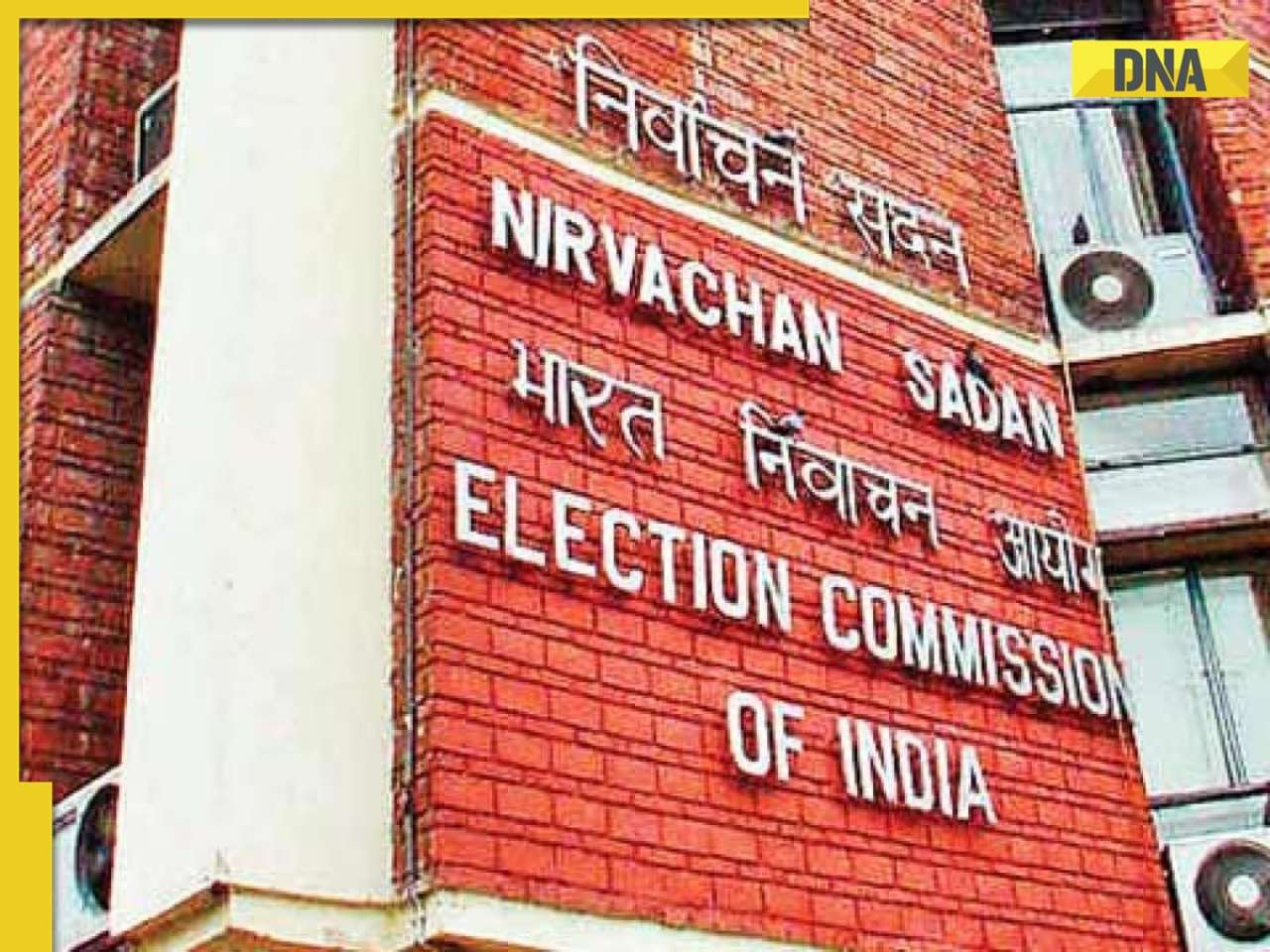
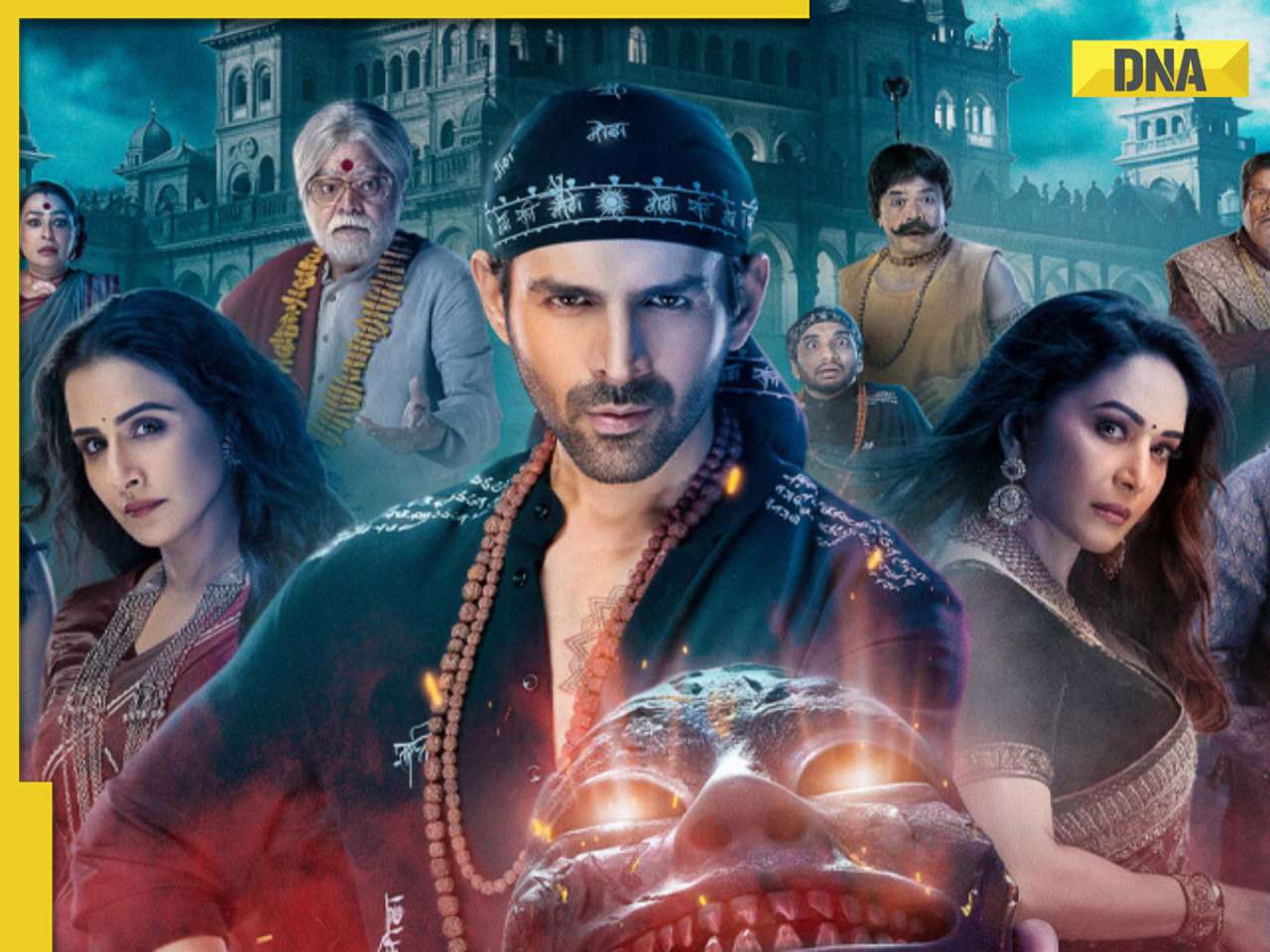
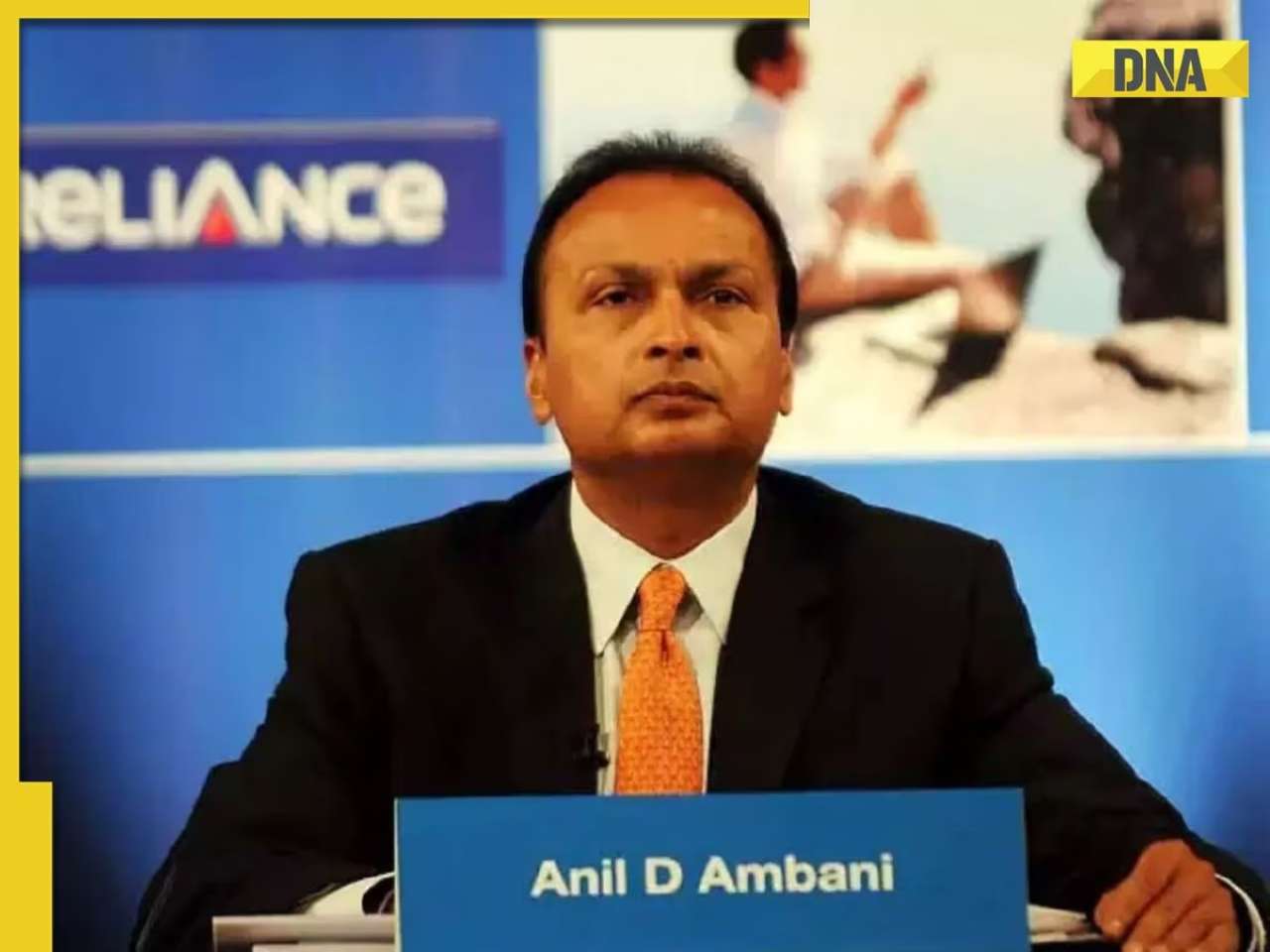

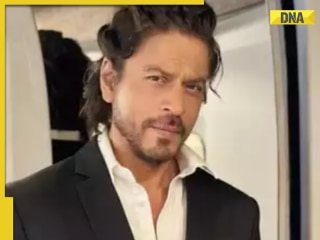


)
)
)
)
)
)
)
)
)
)
)
)
)
)
)
)





